When Apple introduced the iPhone 14 Pro, many people's jaws dropped. We knew that there would be something like Dynamic Island, but no one expected what Apple would build around it. Yes, it is true that even after a year its use is not 100%, even so it is an interesting and effective element, but it has no chance to succeed elsewhere. Or yes?
So far, Dynamic Island can only be found in iPhones, namely last year's iPhone 14 Pro and 14 Pro Max and this year's iPhone 15, 15 Plus, 15 Pro and 15 Pro Max. It is certain that this is a trend that Apple will equip its mobile phones with until it figures out how to hide all the technology necessary for the full functionality of Face ID under the display. But what about iPads and what about Macs? Will they ever get it?
Dynamic Island on iPad?
If we start with the simpler one, i.e. iPads, the option is really here, especially with iPad Pros that have Face ID (iPad Air, mini and the 10th generation iPad have Touch ID in the top button). But Apple would have to drastically reduce their frames so that it would make sense for him to move the technology to the display. For now, it will successfully hide in the frame, but the future generation with OLED display technology, which is probably planned for next year, could change that.
On the other hand, it might make more sense for Apple to create just a tiny notch in the display for Face ID. After all, this will not be new in the field of tablets, as Samsung boldly uses the cutout for its duo of front cameras in the Galaxy Tab S8 Ultra and S9 Ultra tablets and has been using it for two years.
It could be interest you

MacBooks already have a cutout
When we move to the more advanced macOS computer platform and Mac computers, we already have a viewport here. It was introduced by the new redesigned 14 and 16" MacBook Pros, when it was then adopted by the 13 and then the 15" MacBook Air. As was the case with iPhones, this is only the space necessary for the camera to fit into it. Apple reduced the bezels of the display, where the camera no longer fit, so it needed to make room for it in the display.
He also had to win with the software, for example in terms of how the mouse cursor will work with the viewport or how the screenshots will look. But it is not an active element, which Dynamic Island is. If we look at its use in iPads, it could theoretically offer the same functionality as it has on iPhones. You can tap on it with your finger to be redirected to applications such as Music, which is displayed here, etc.
But you probably won't want to do this on a Mac. Even though they could display information about playing music or recording sounds through a voice recorder, etc., moving the cursor here and clicking on anything doesn't make much sense.
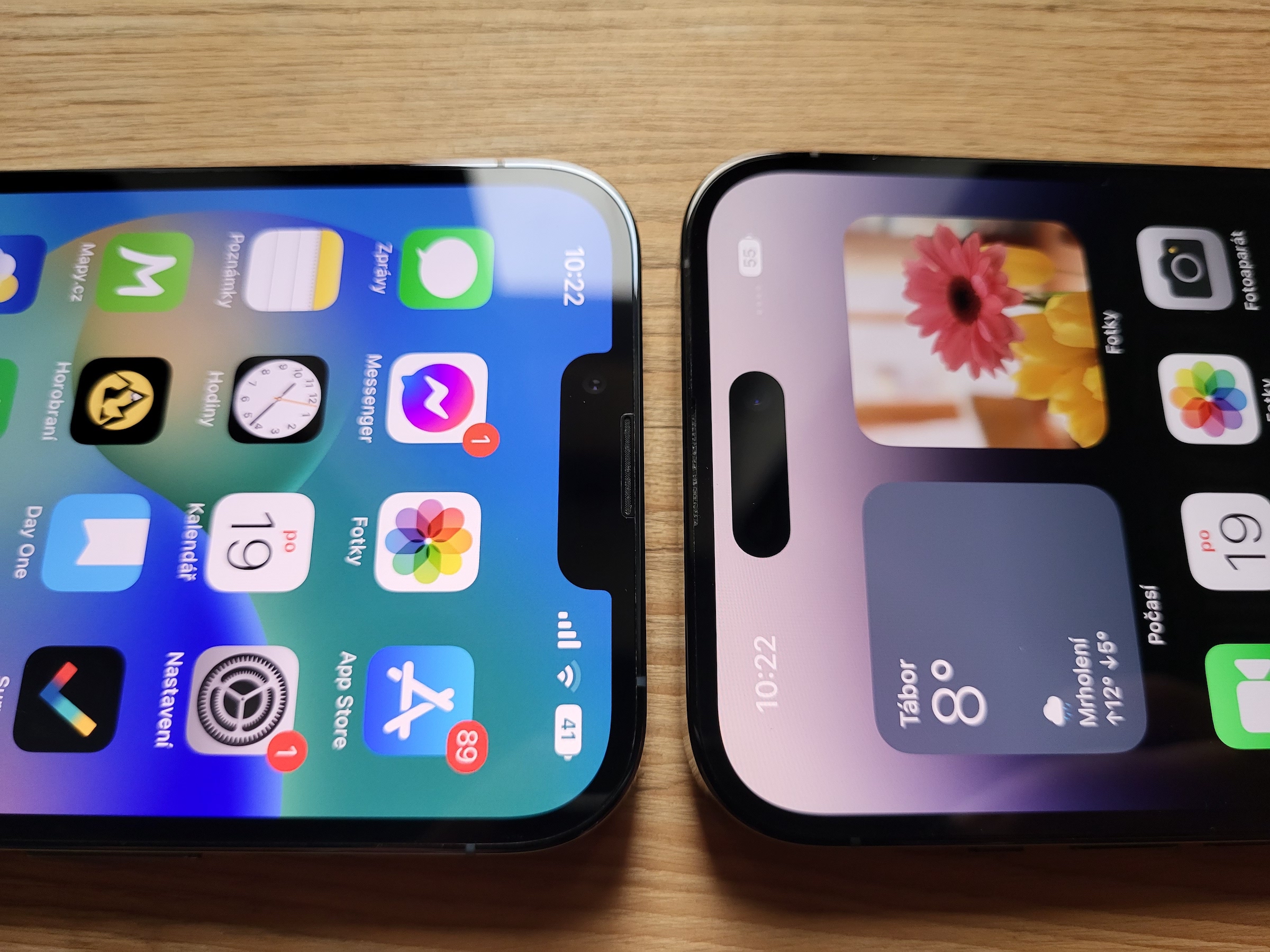
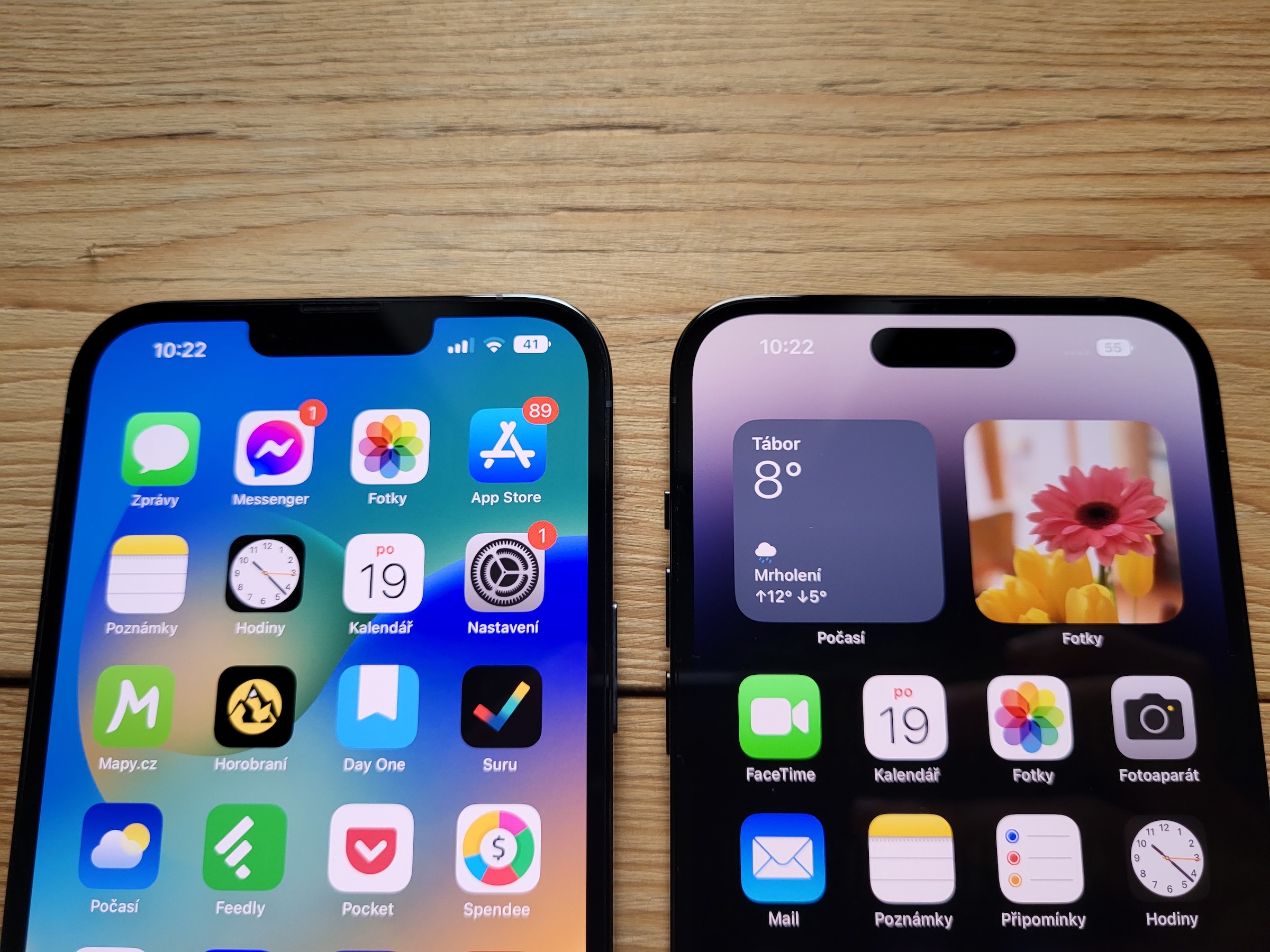
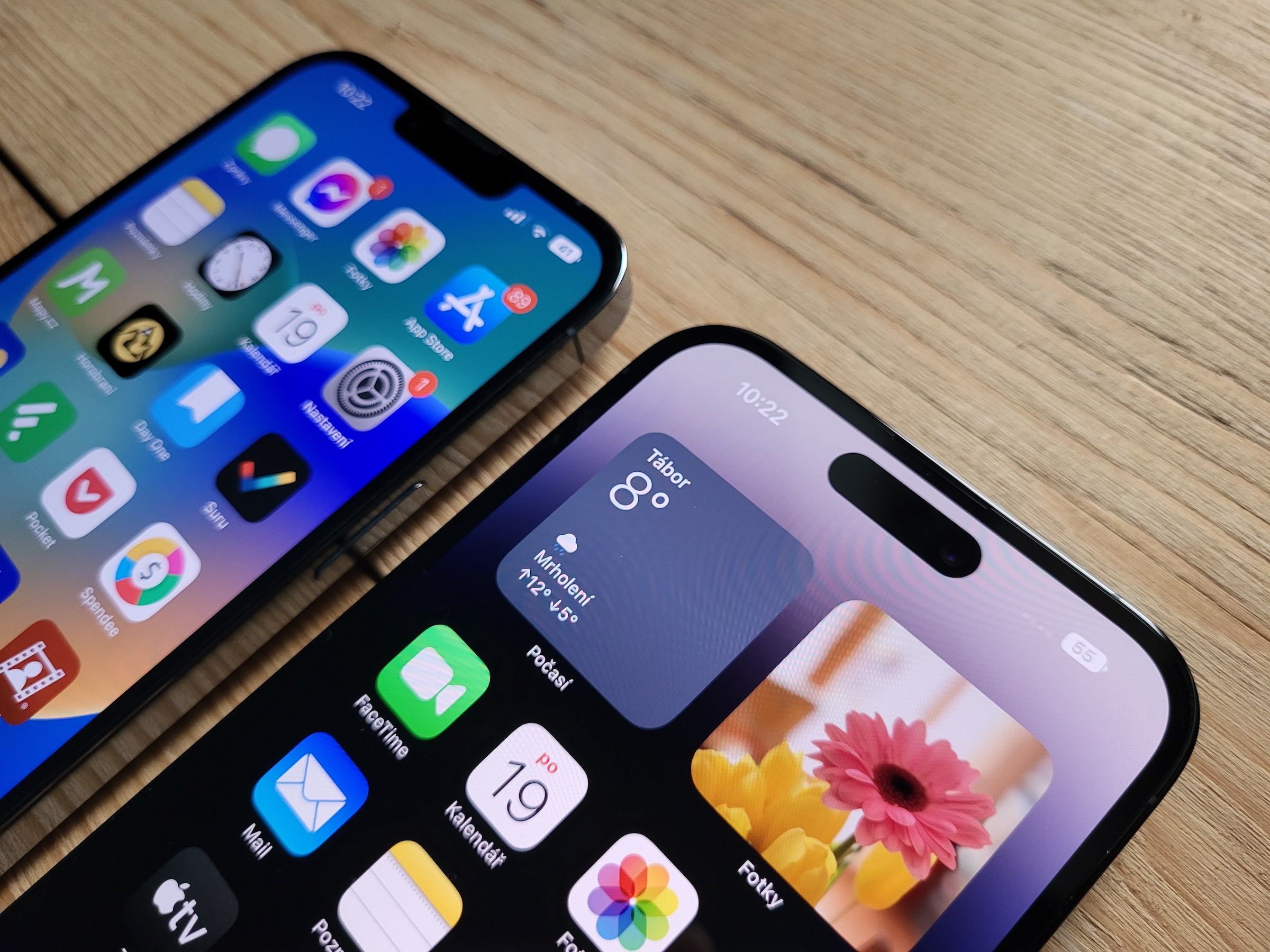

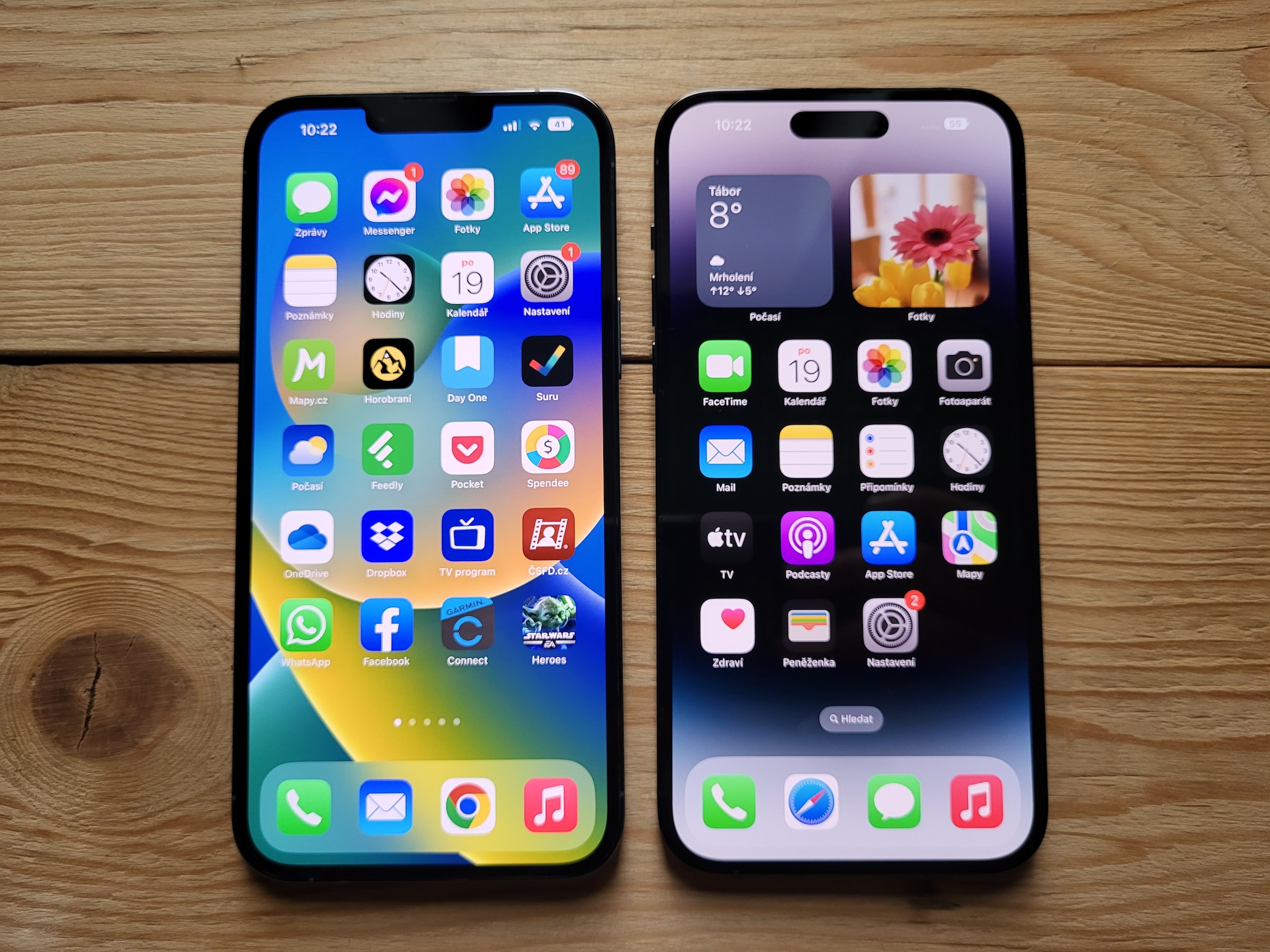
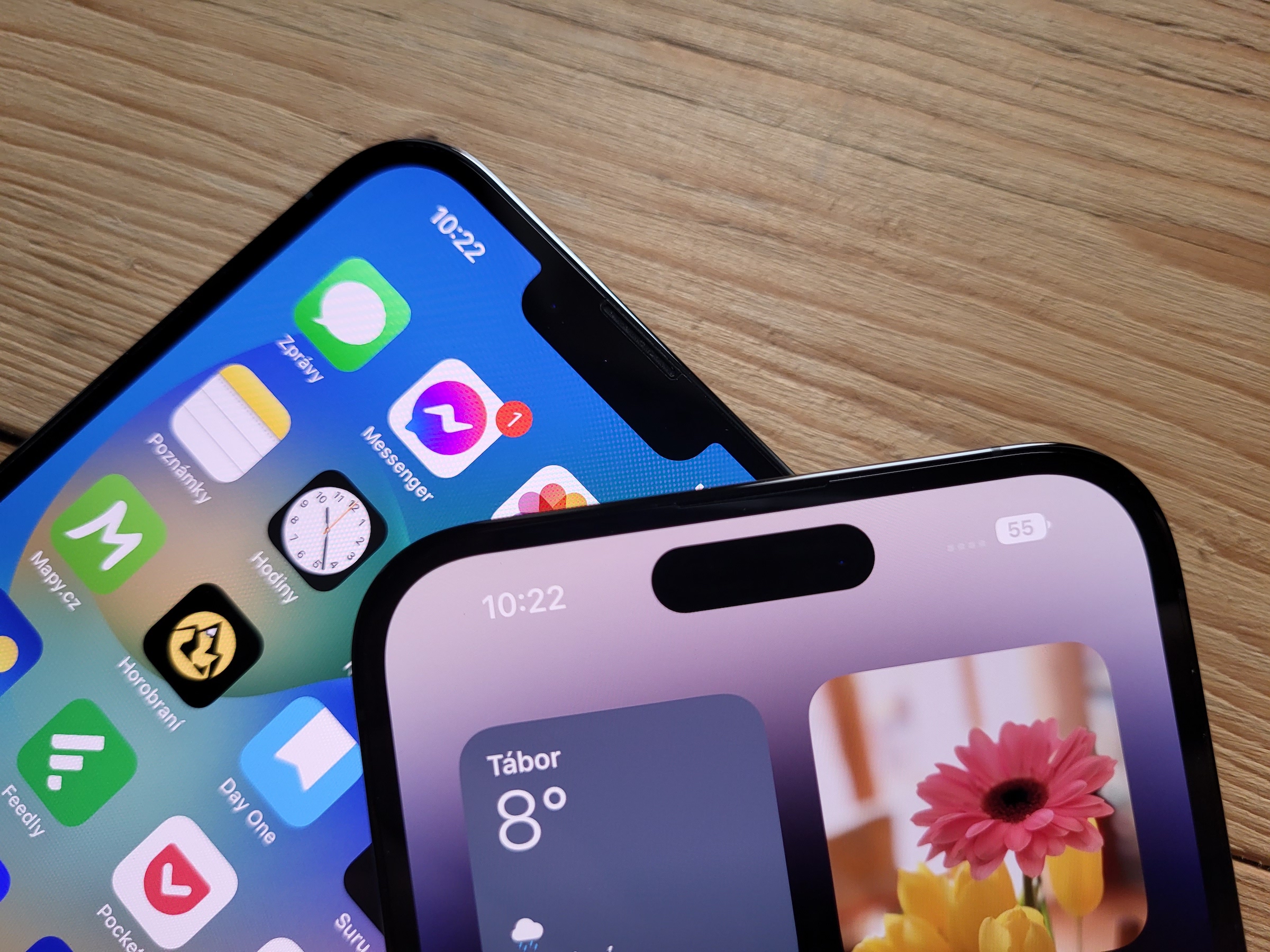
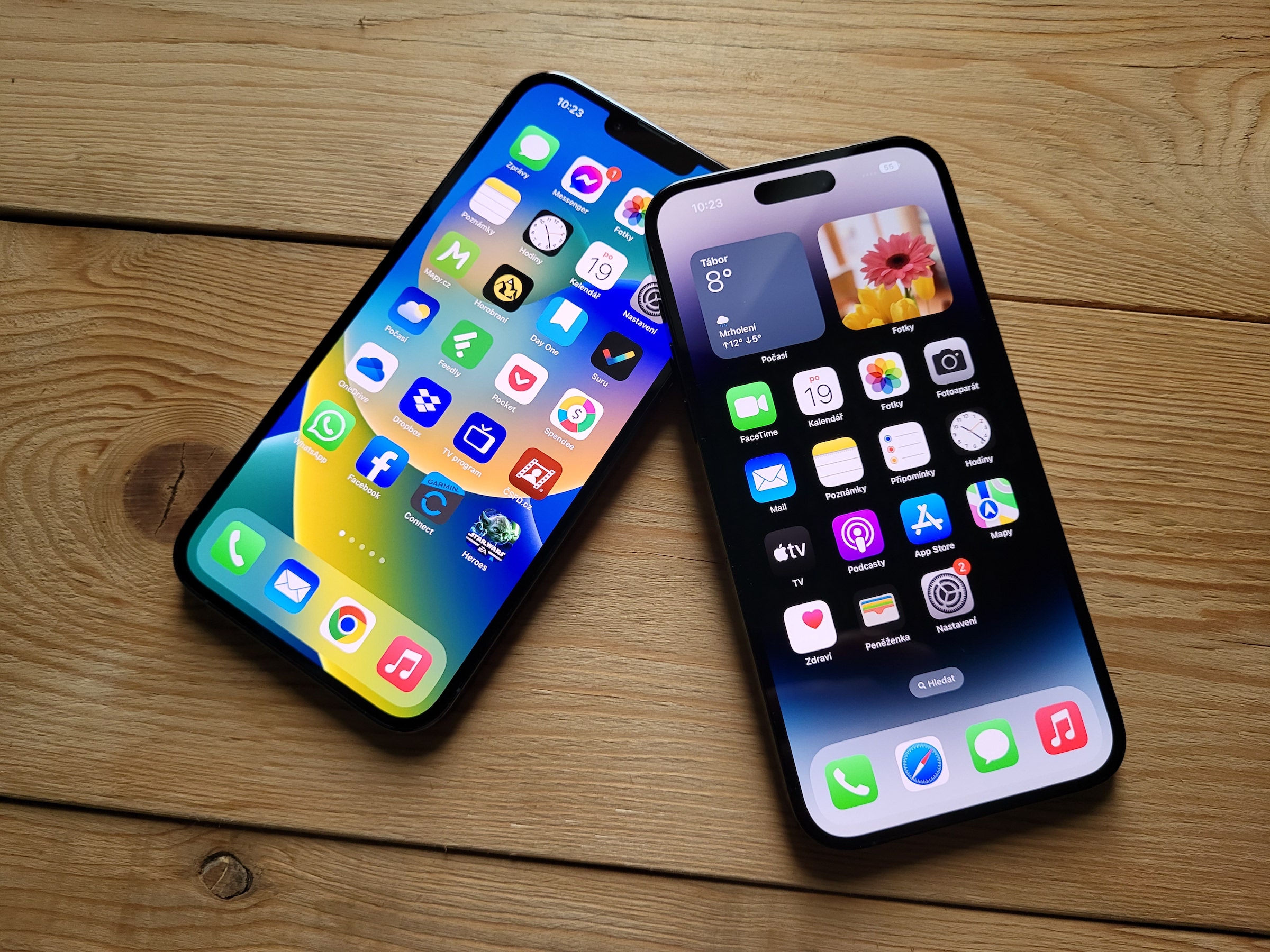
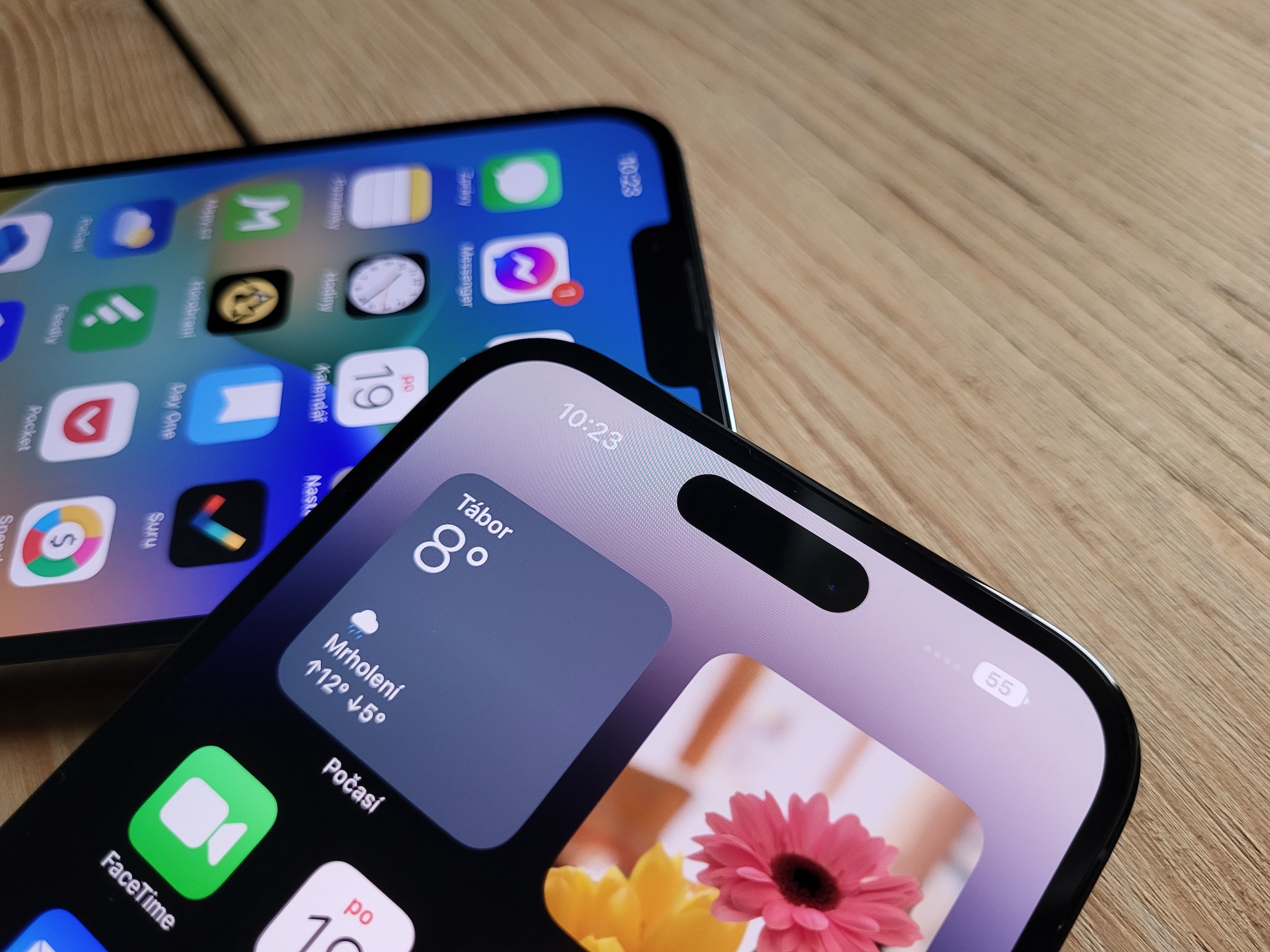
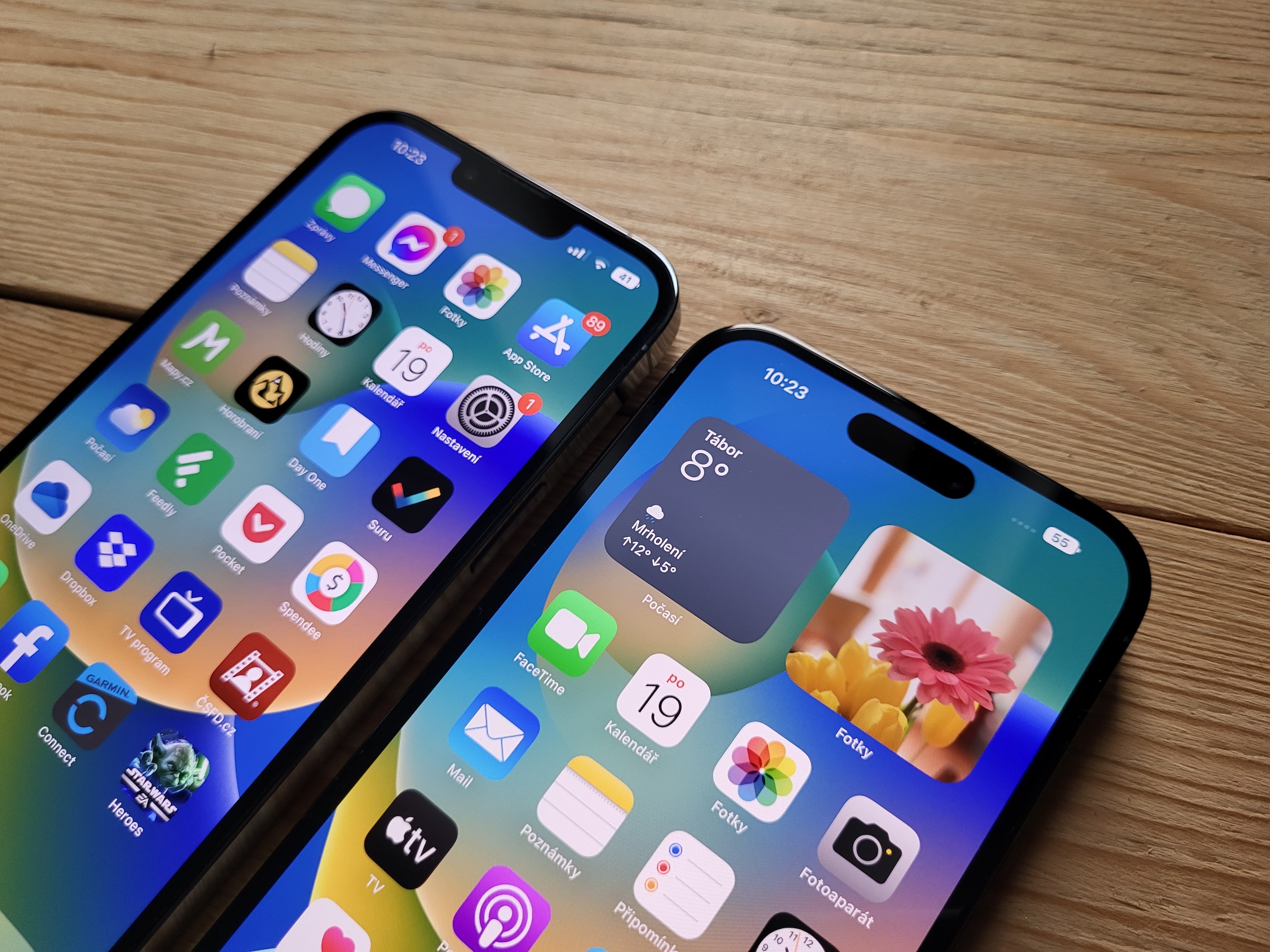
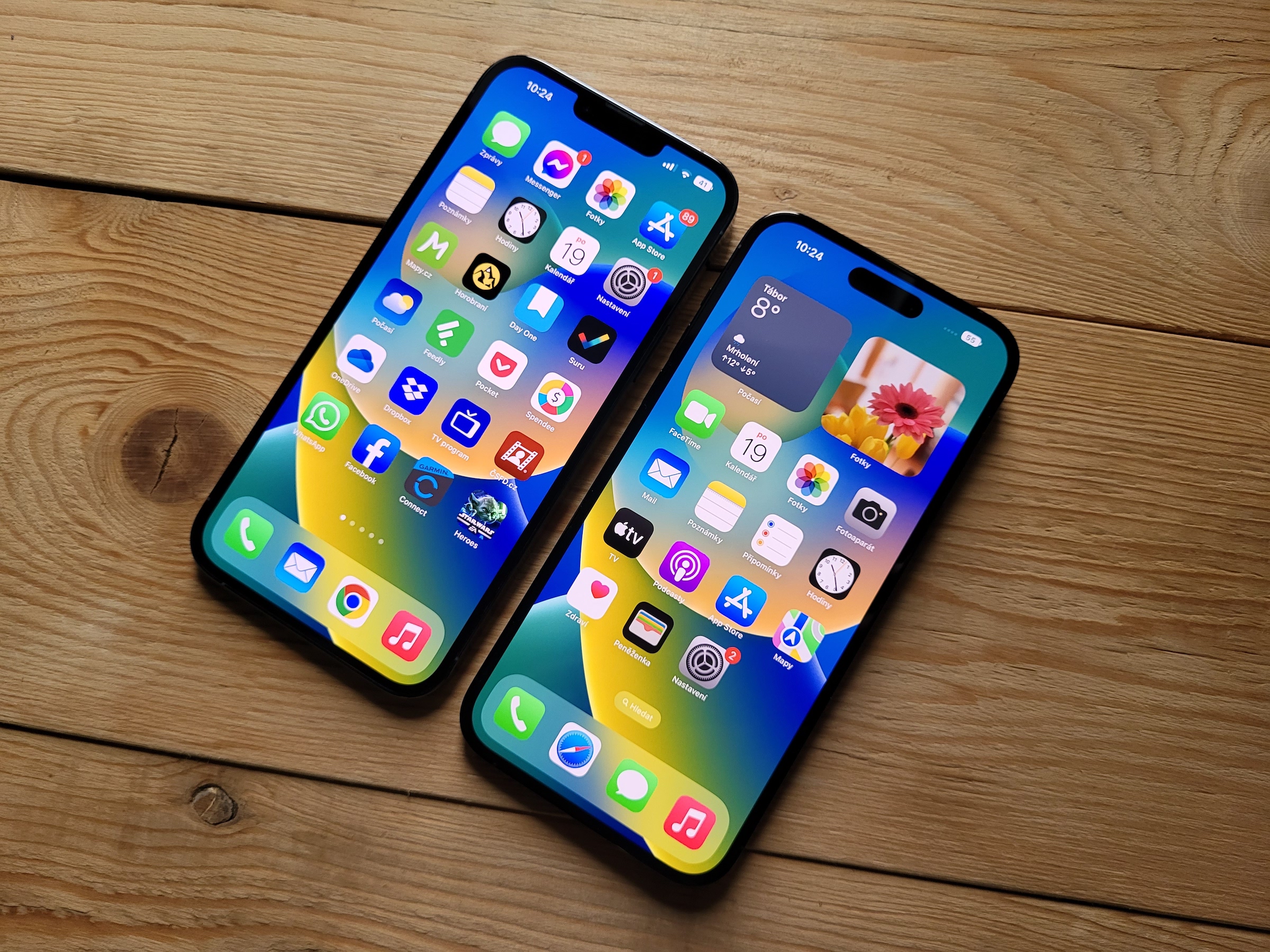
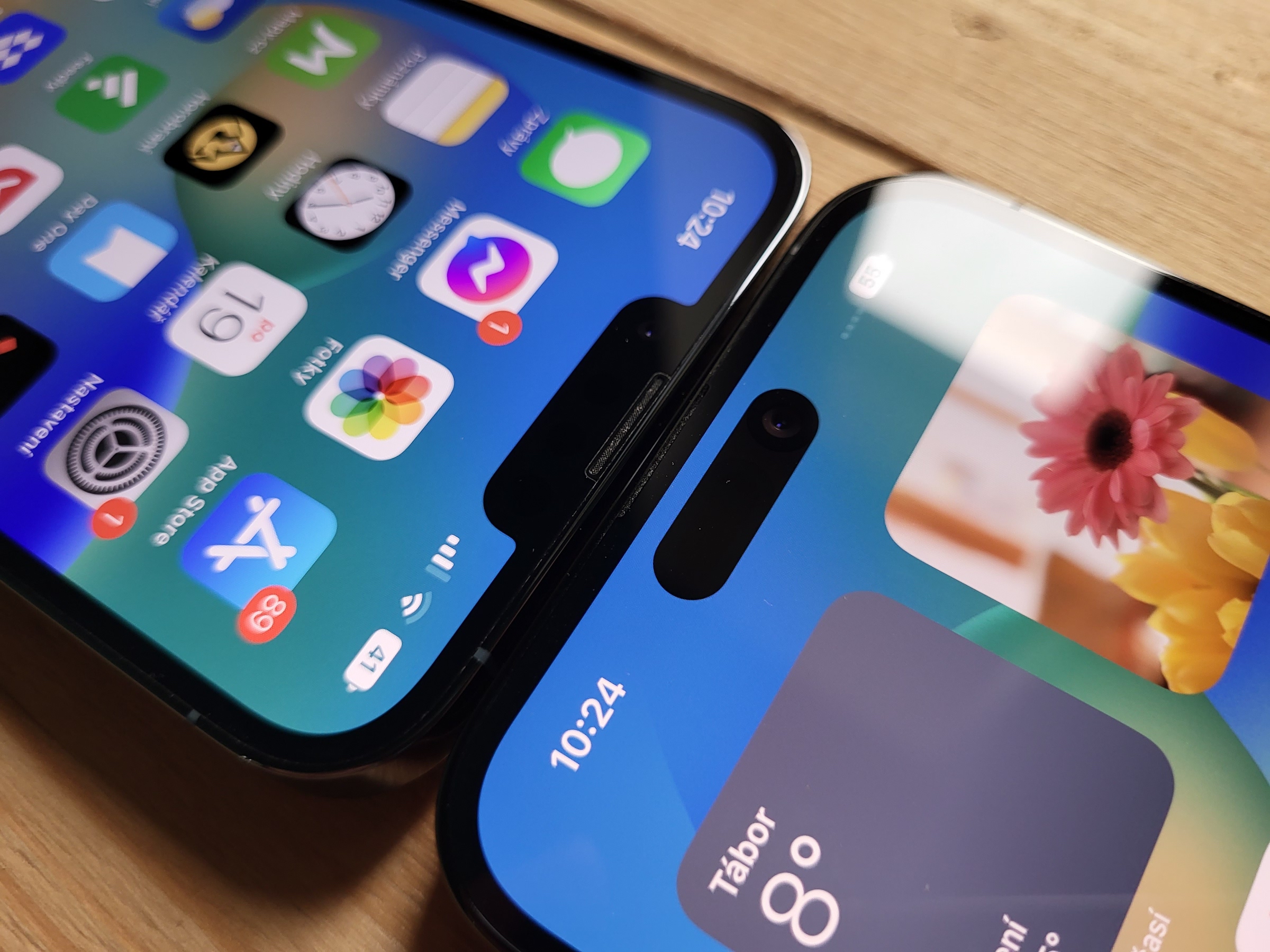
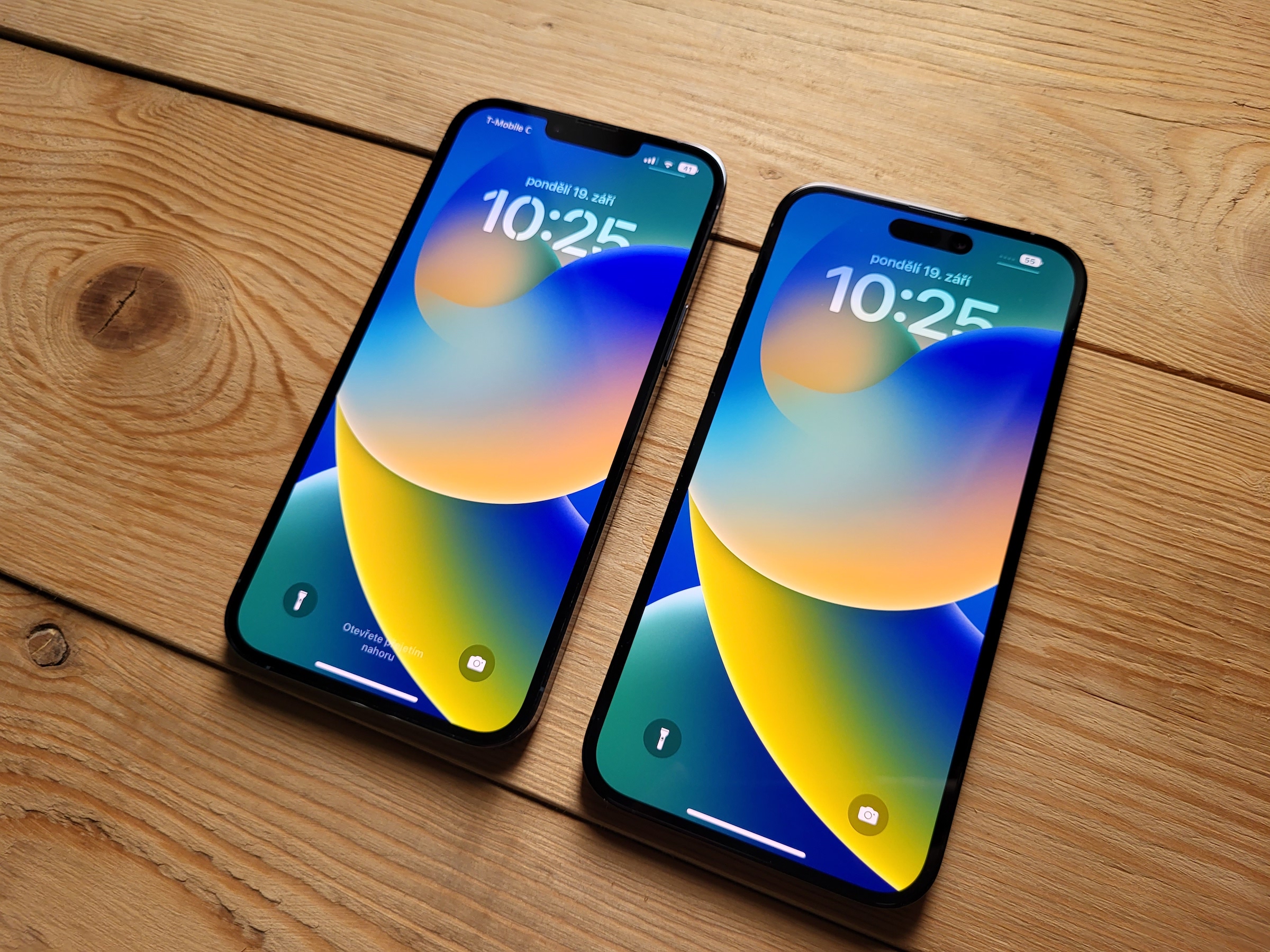
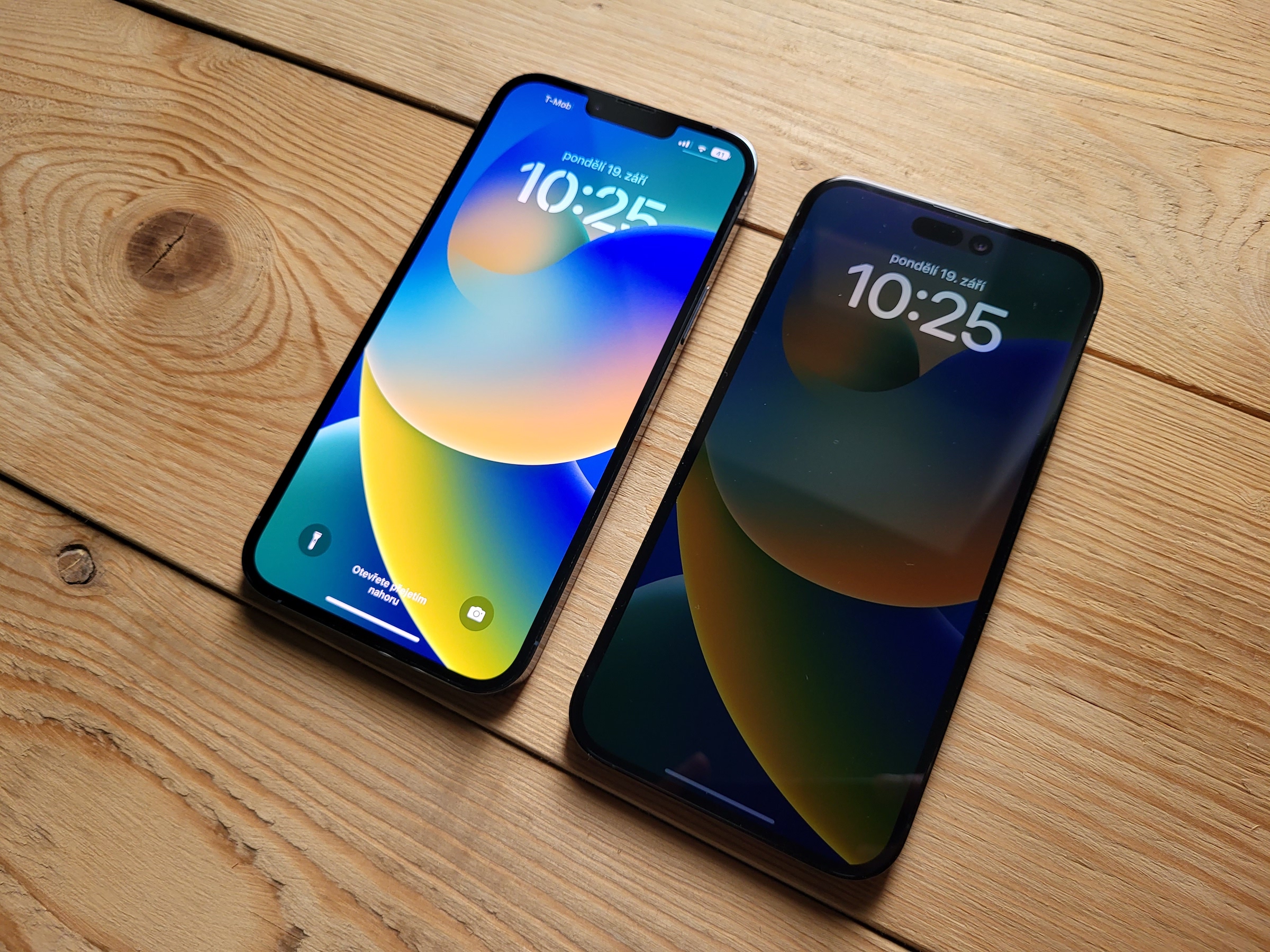
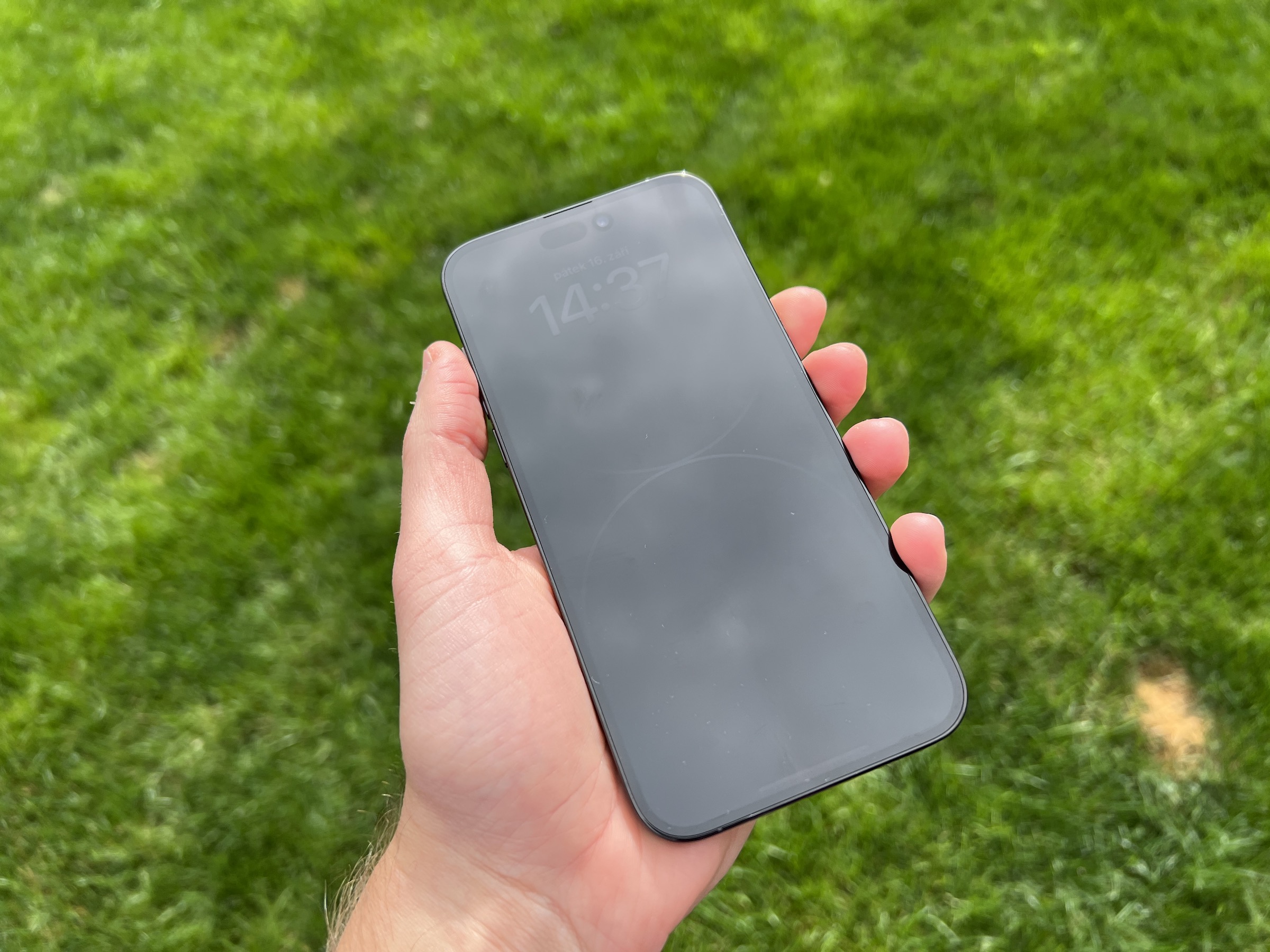
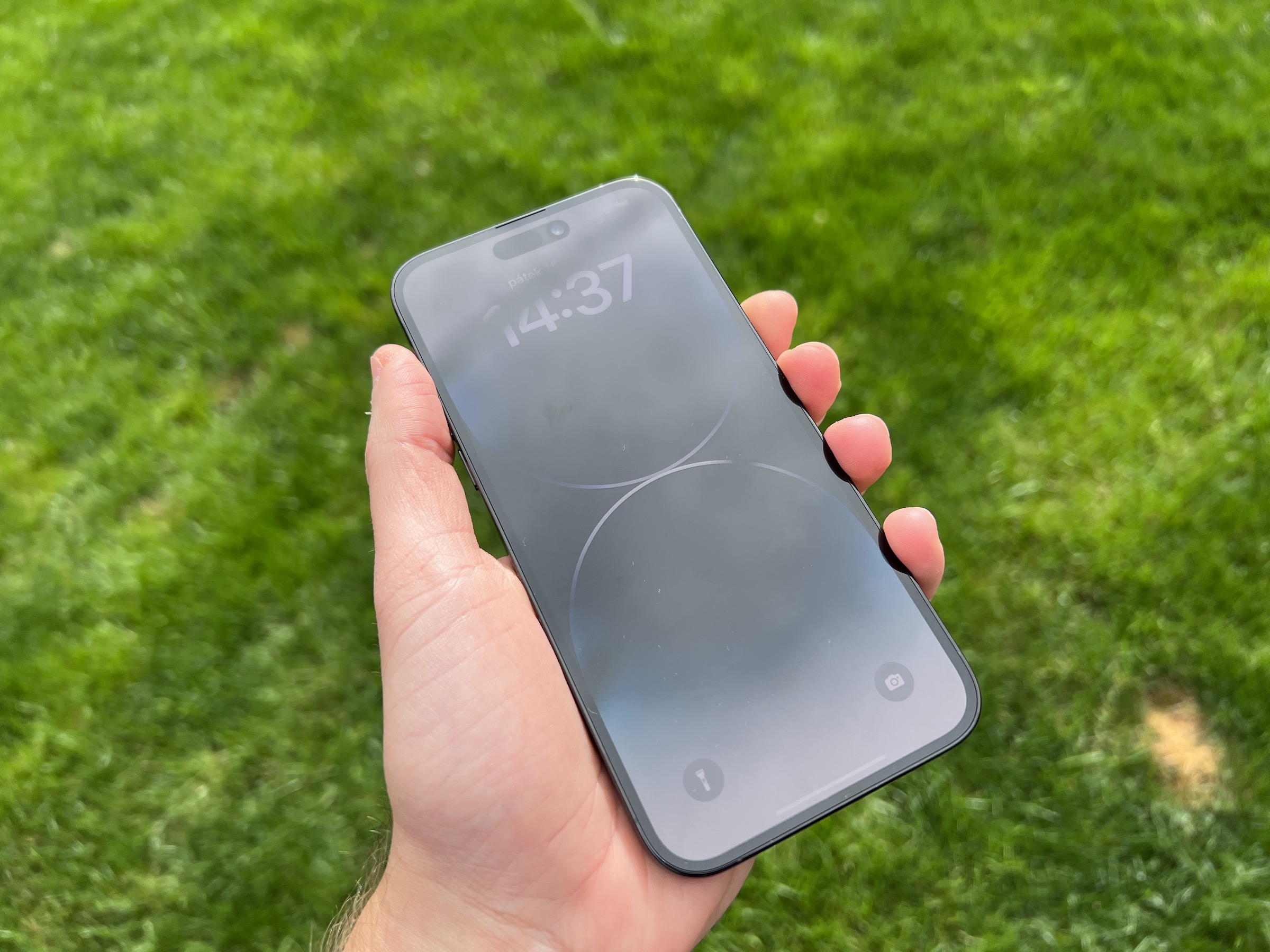
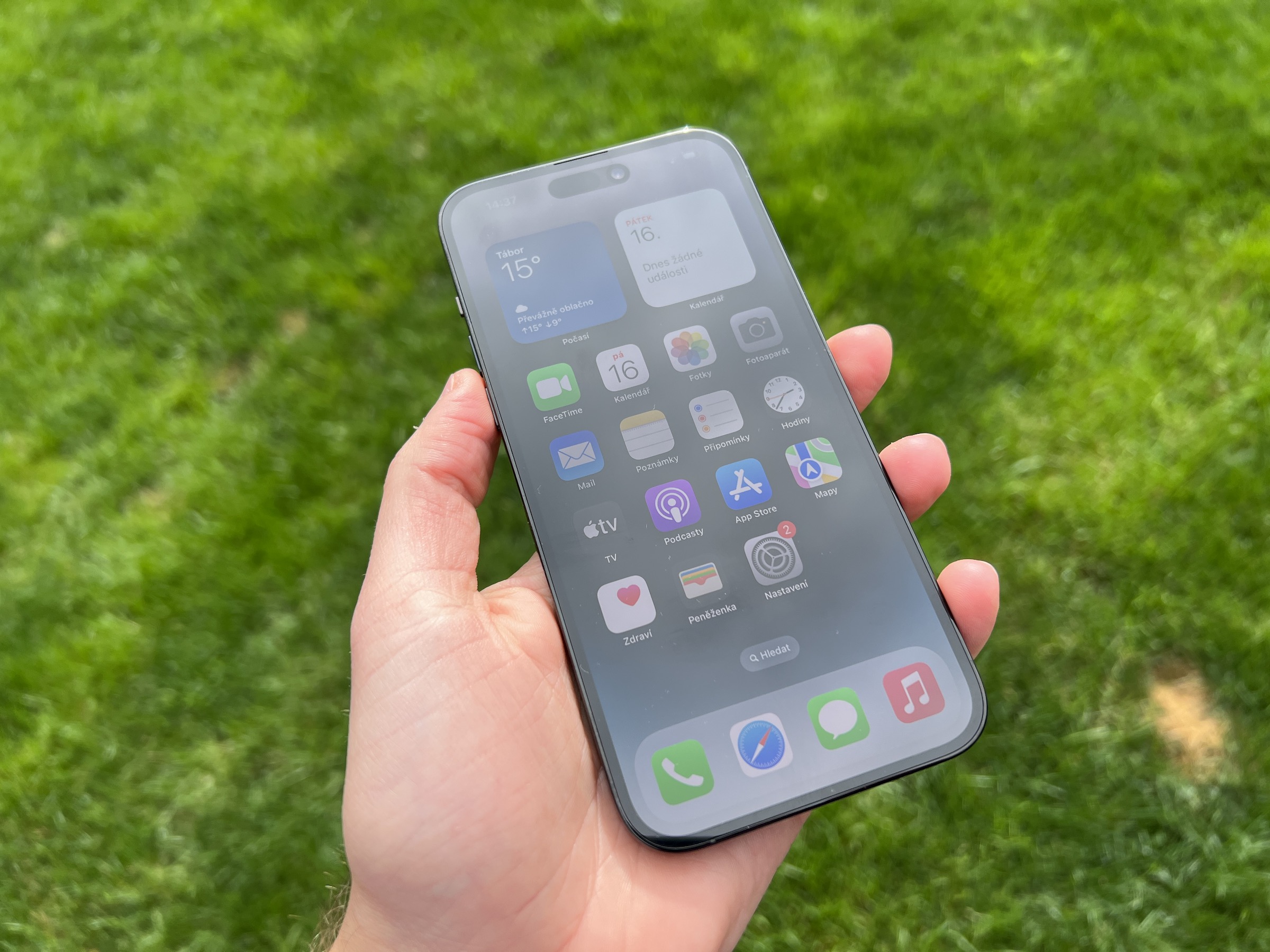
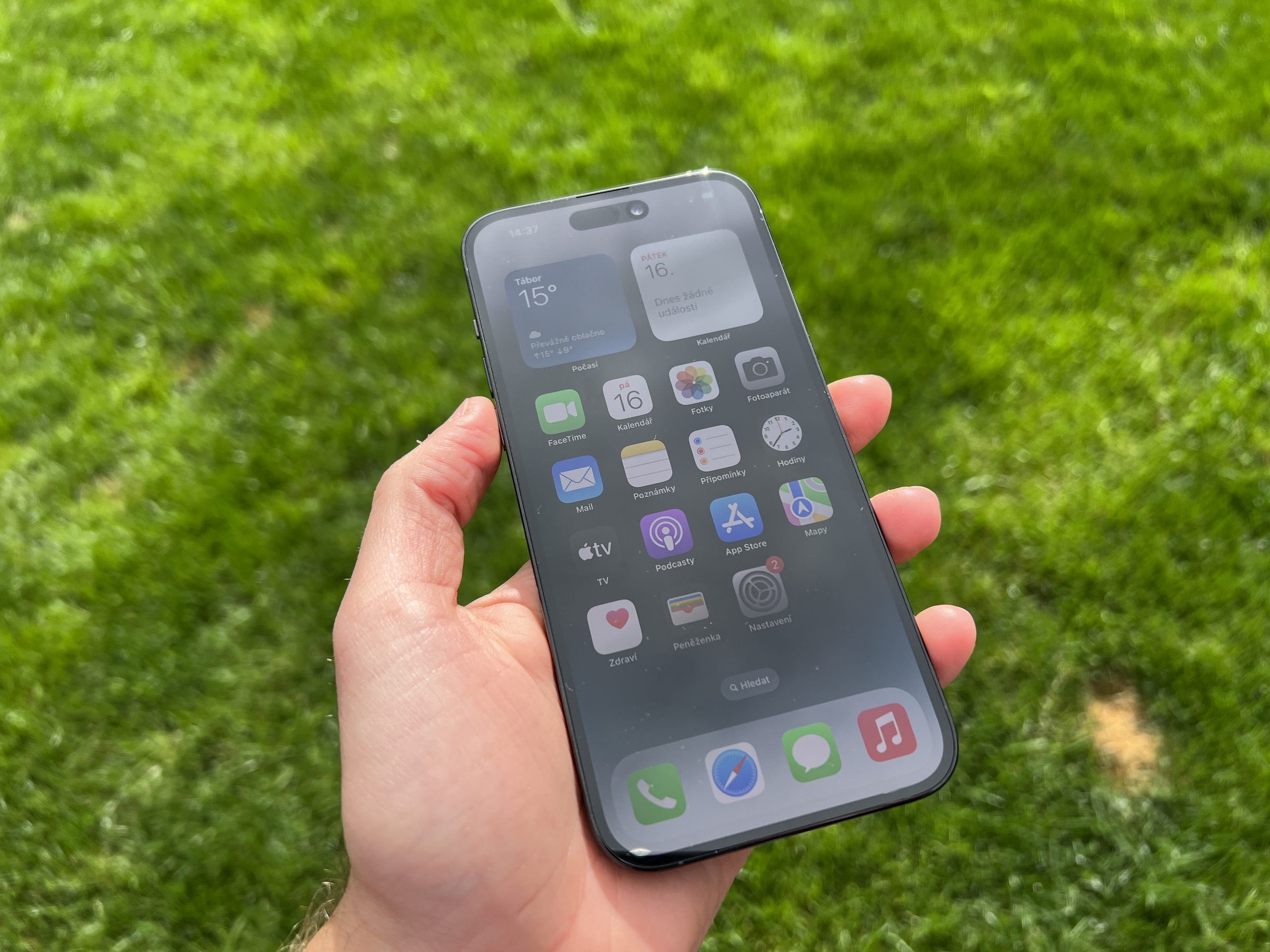
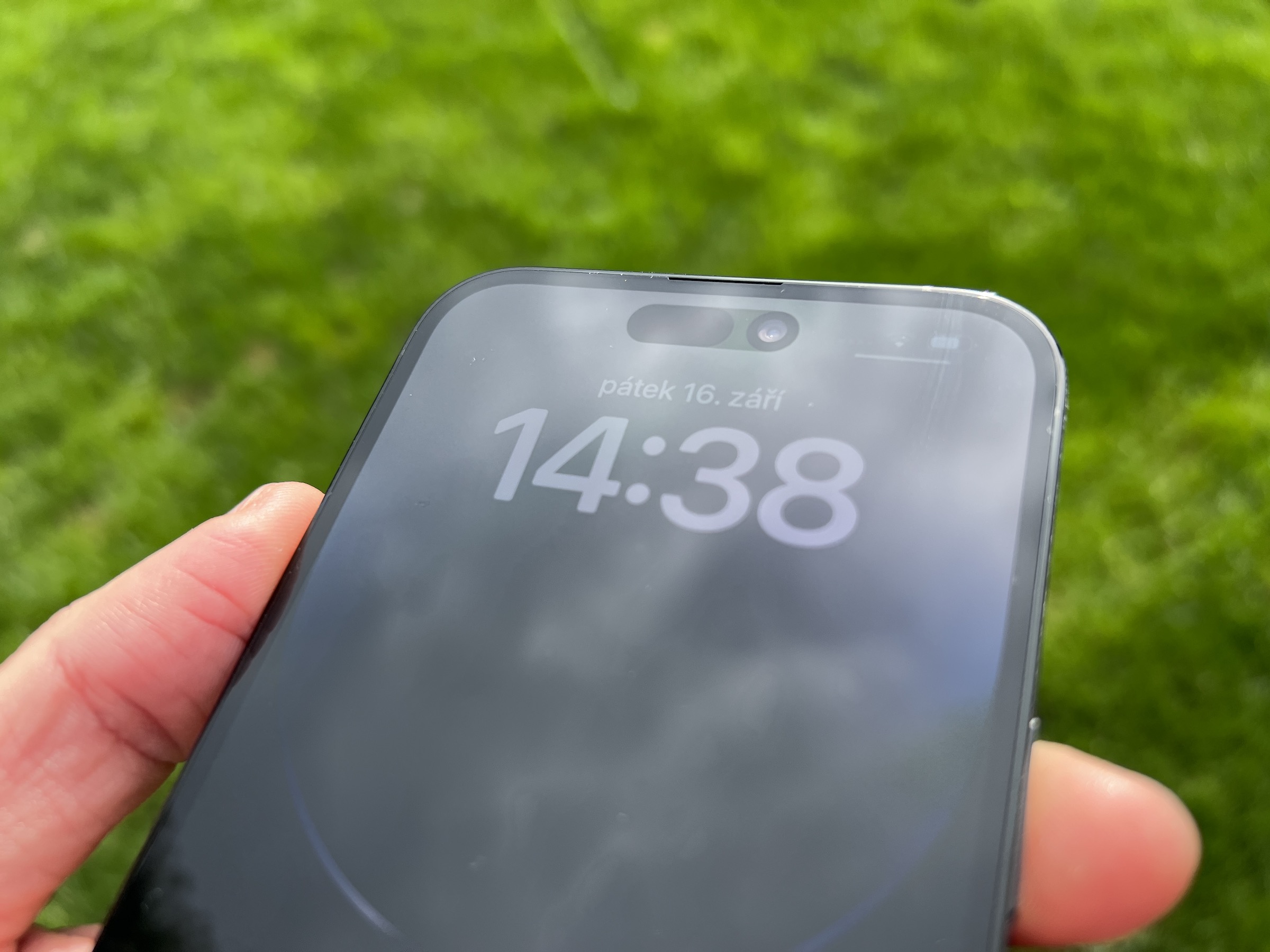
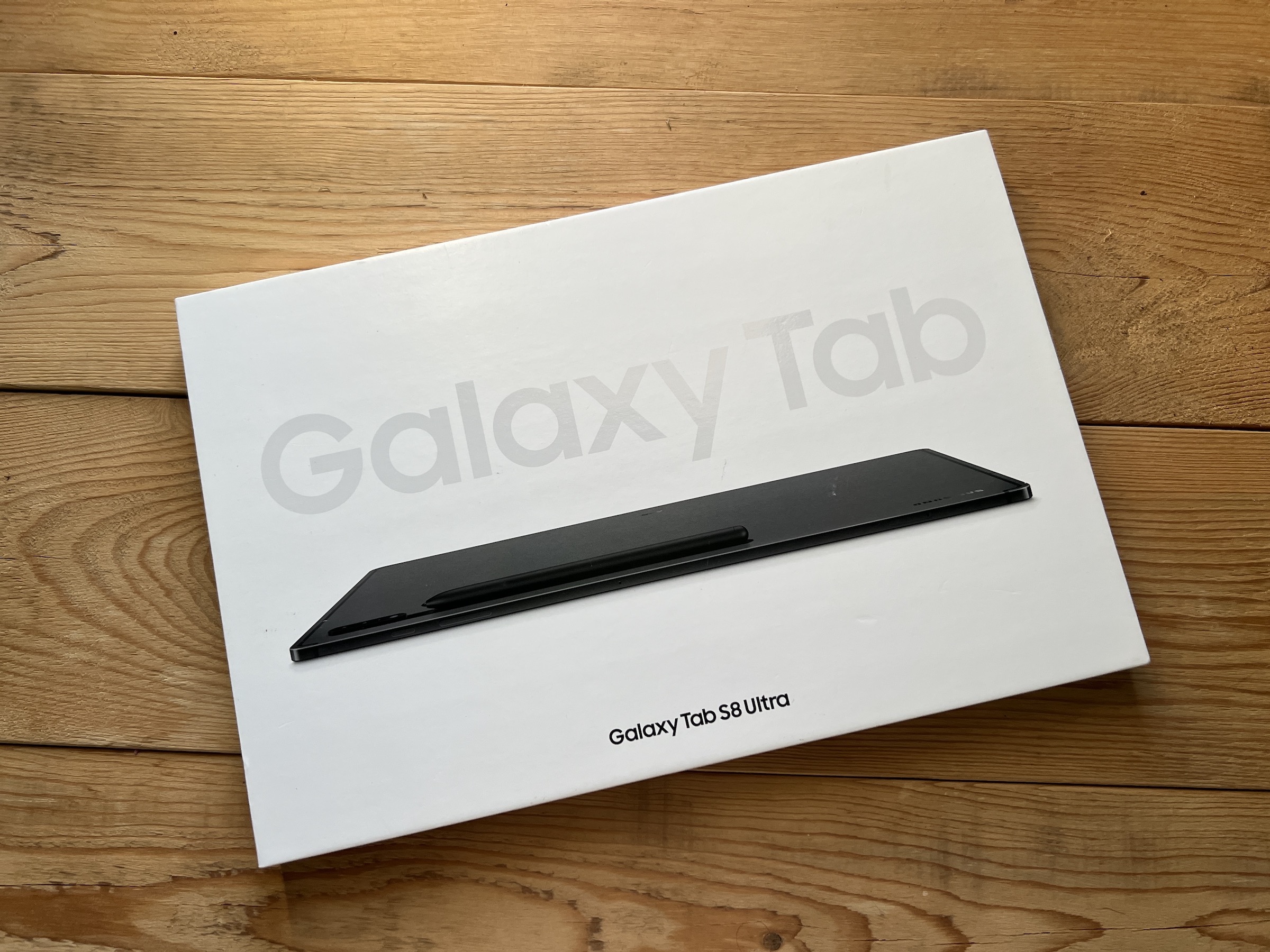

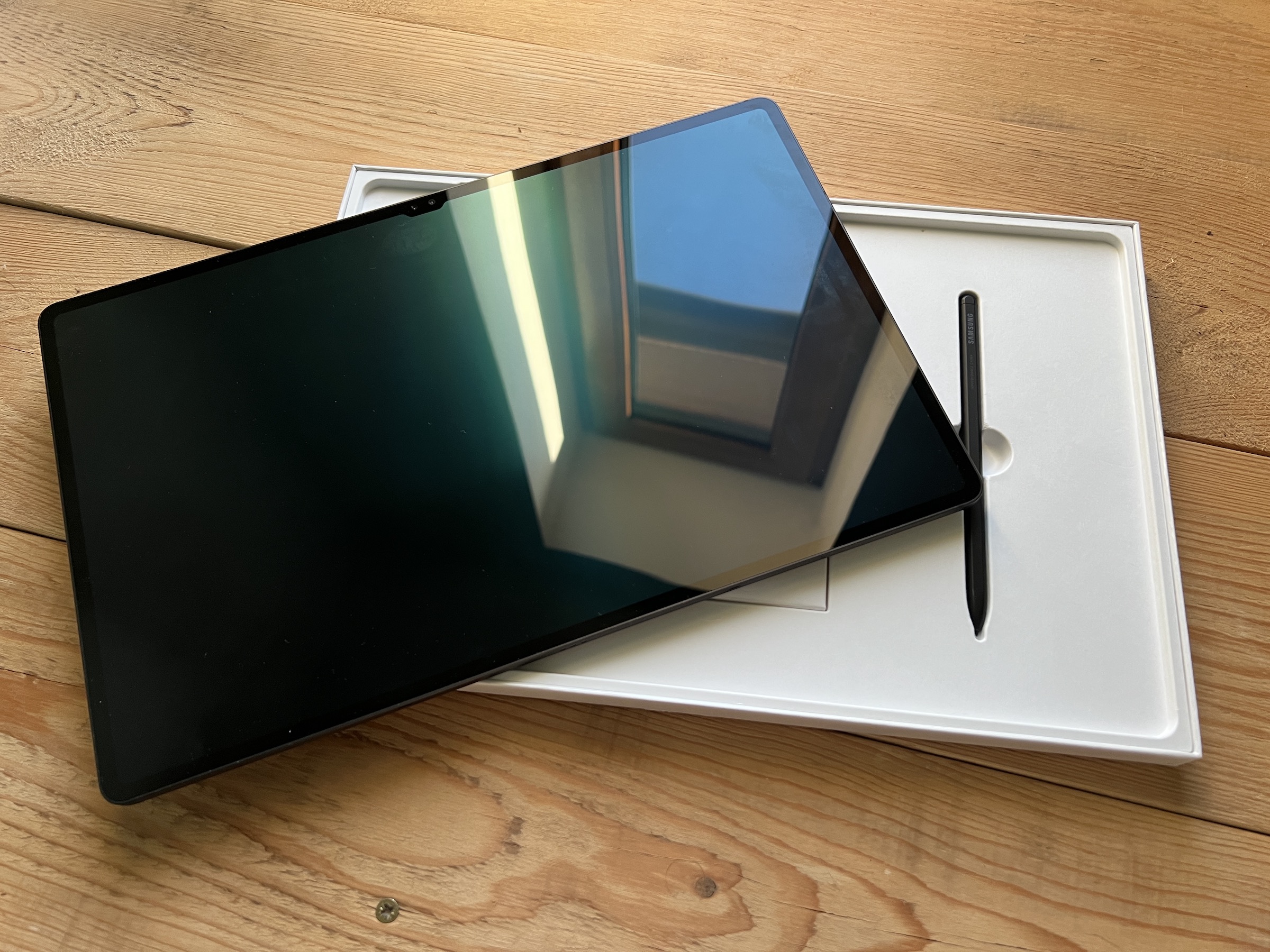
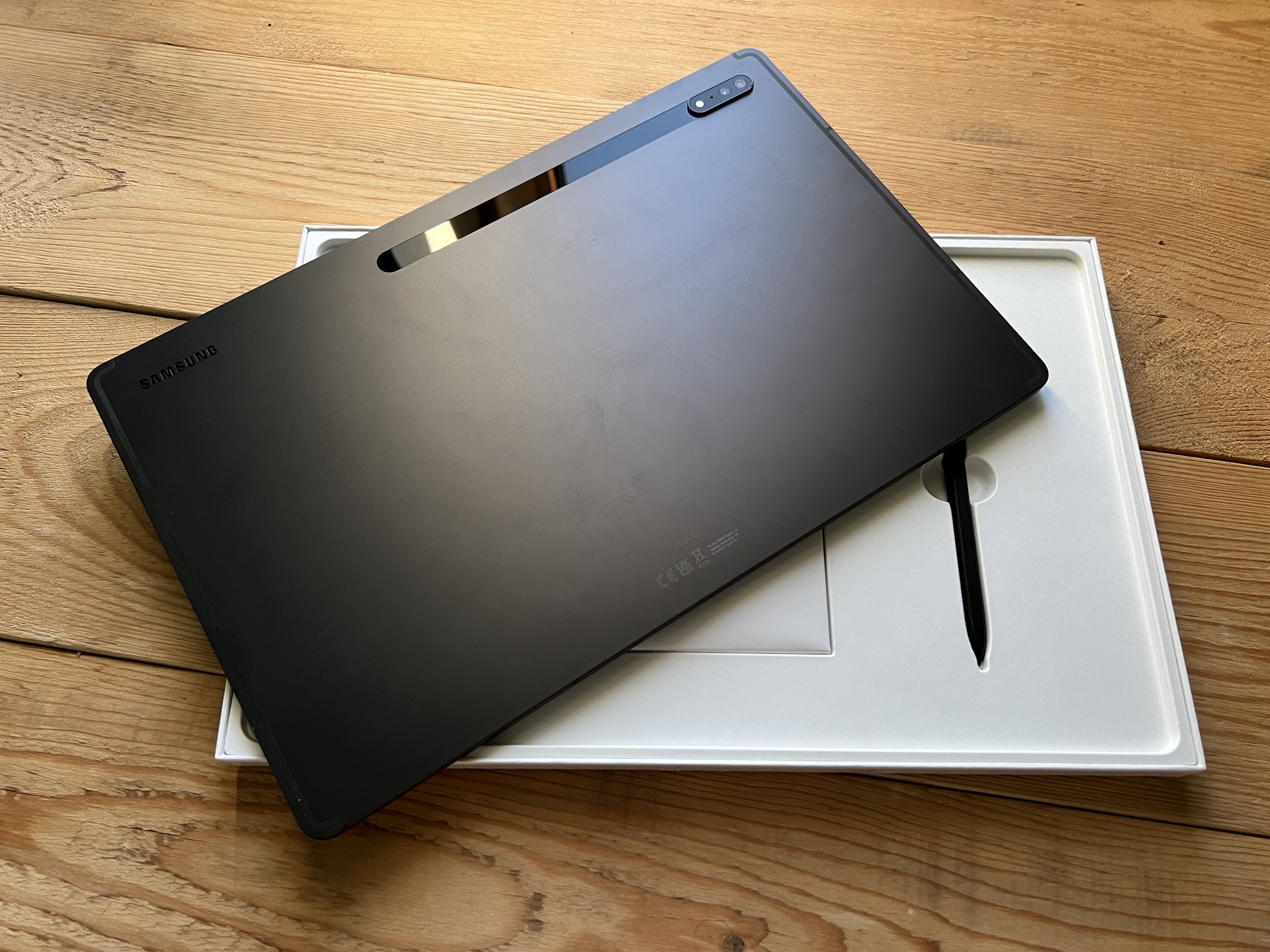
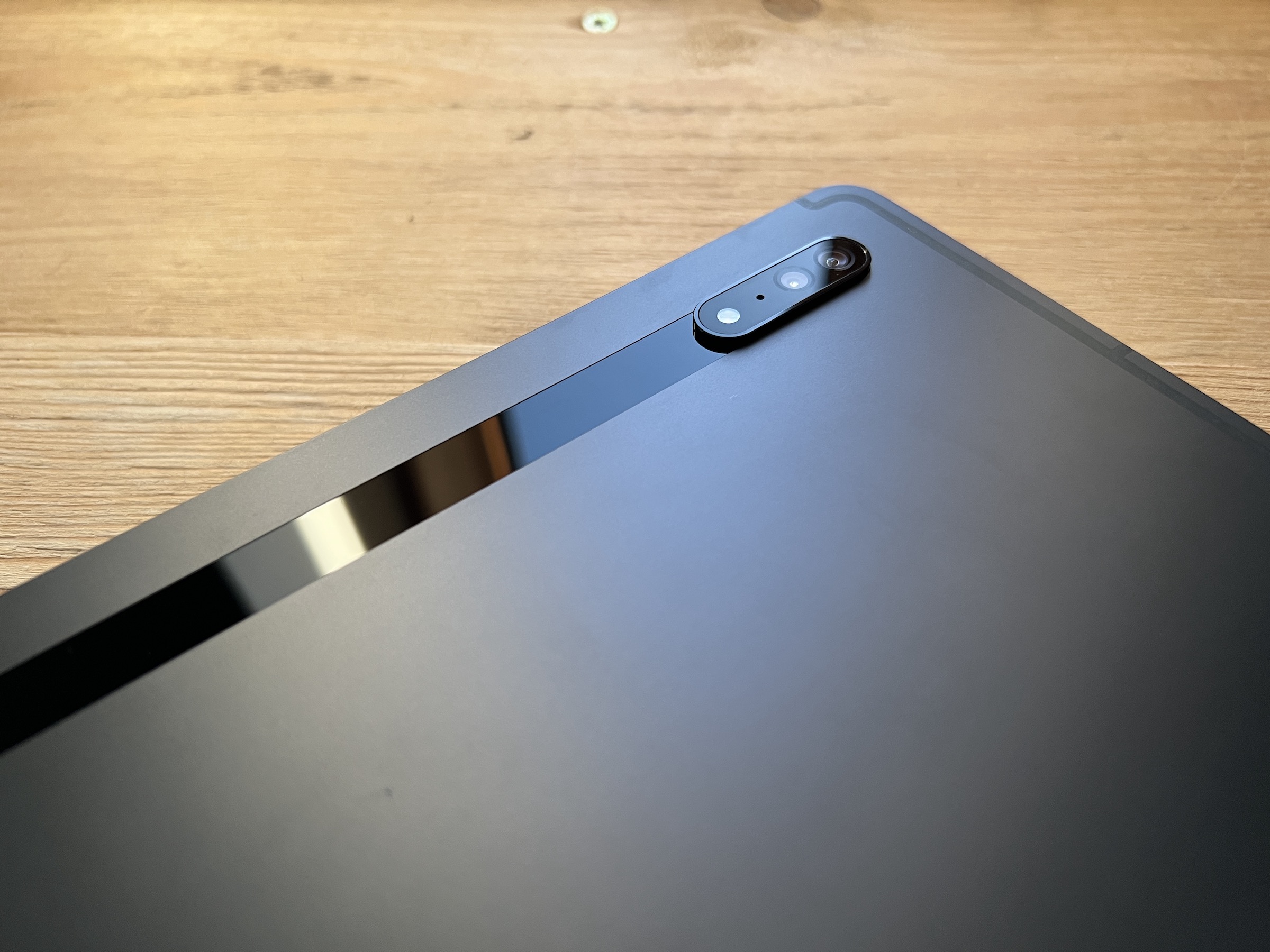
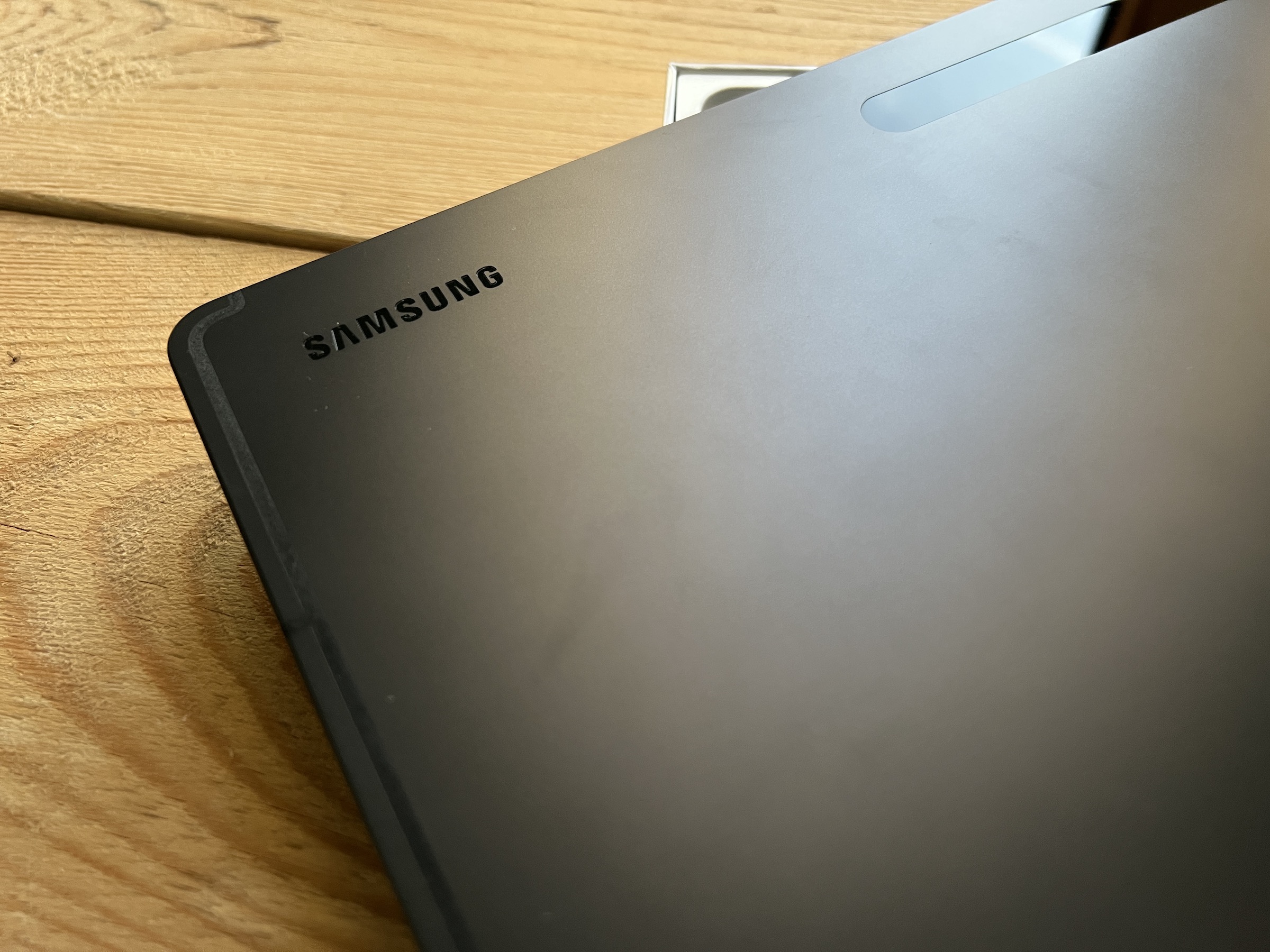

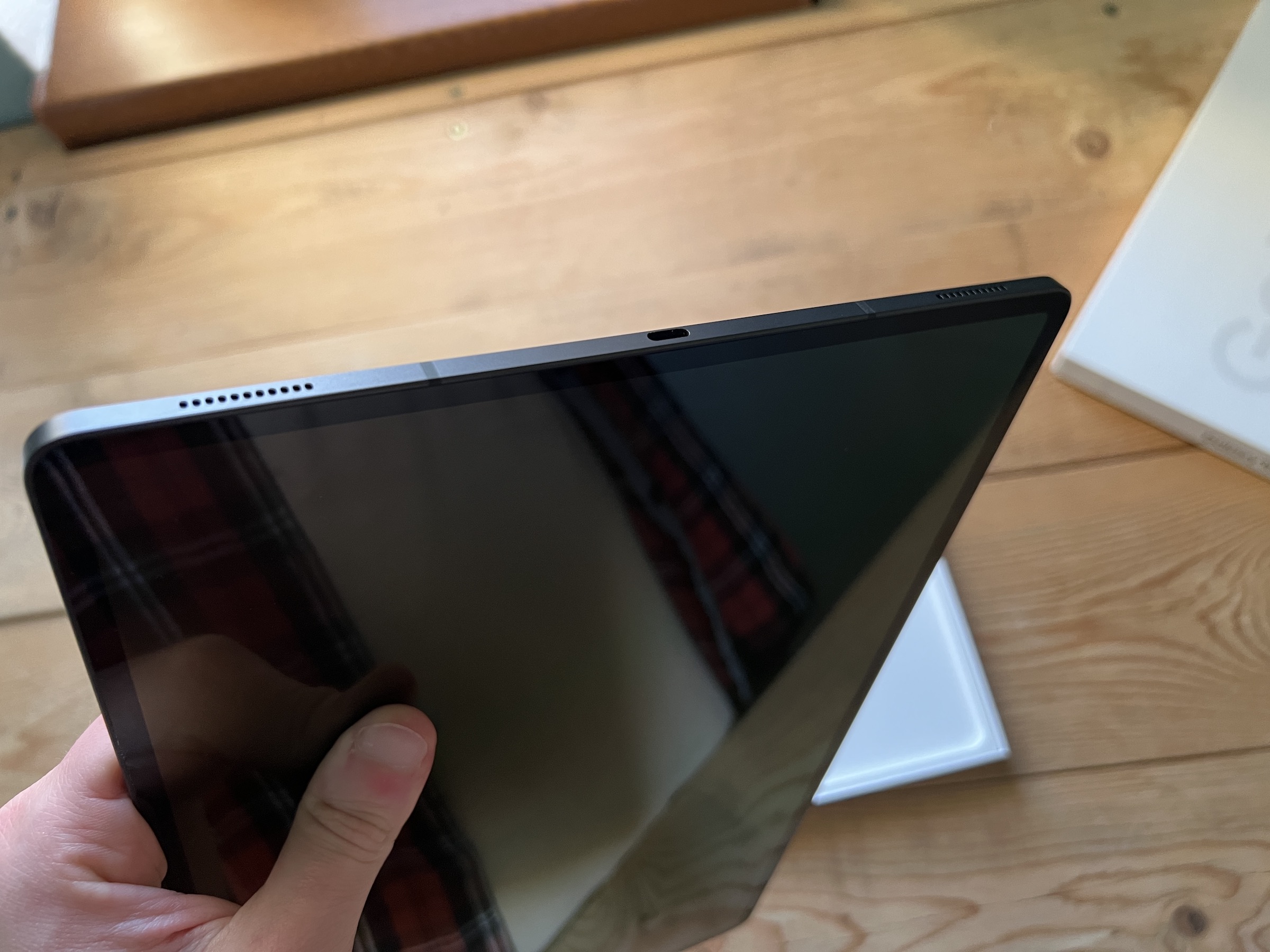
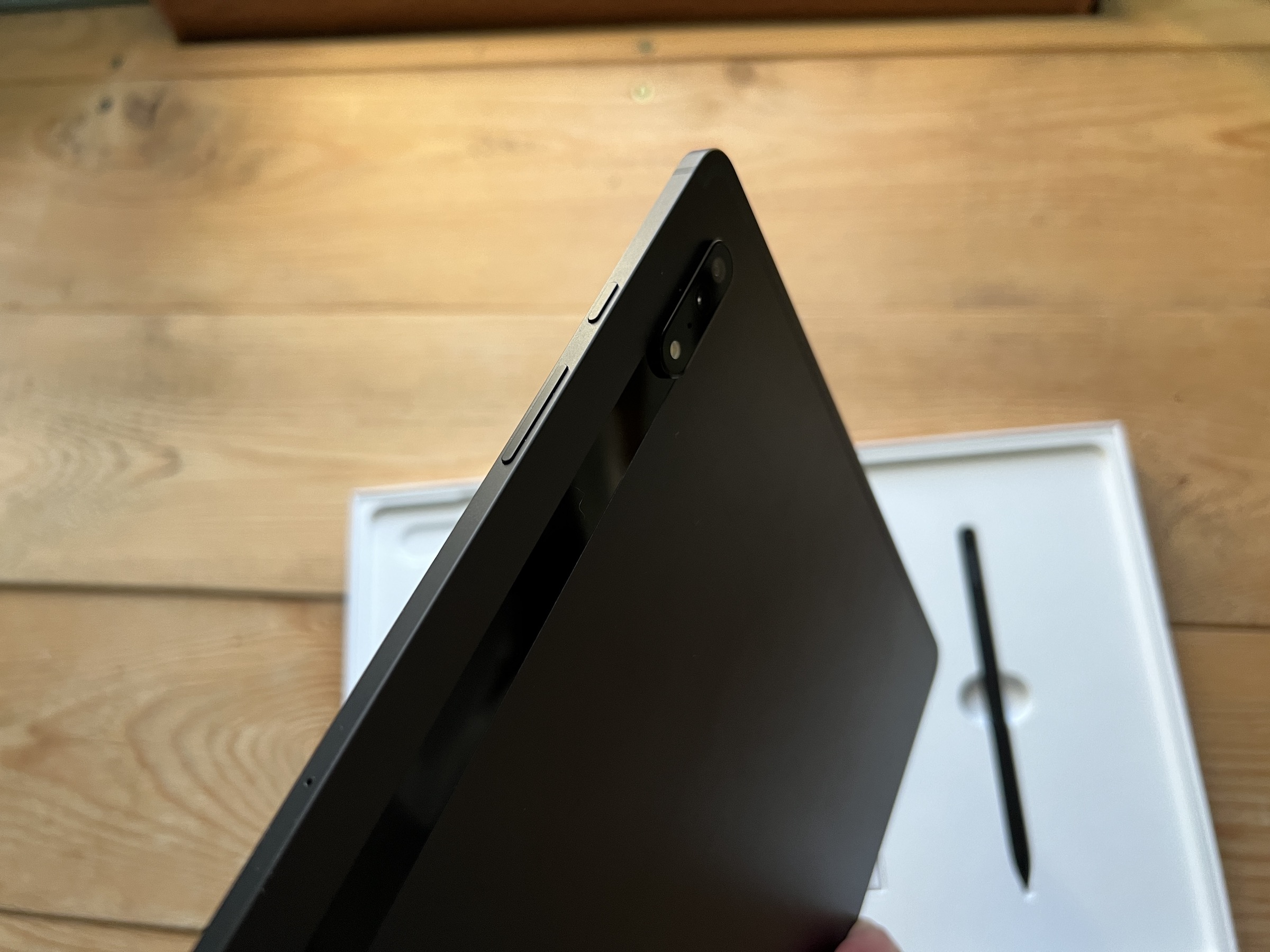
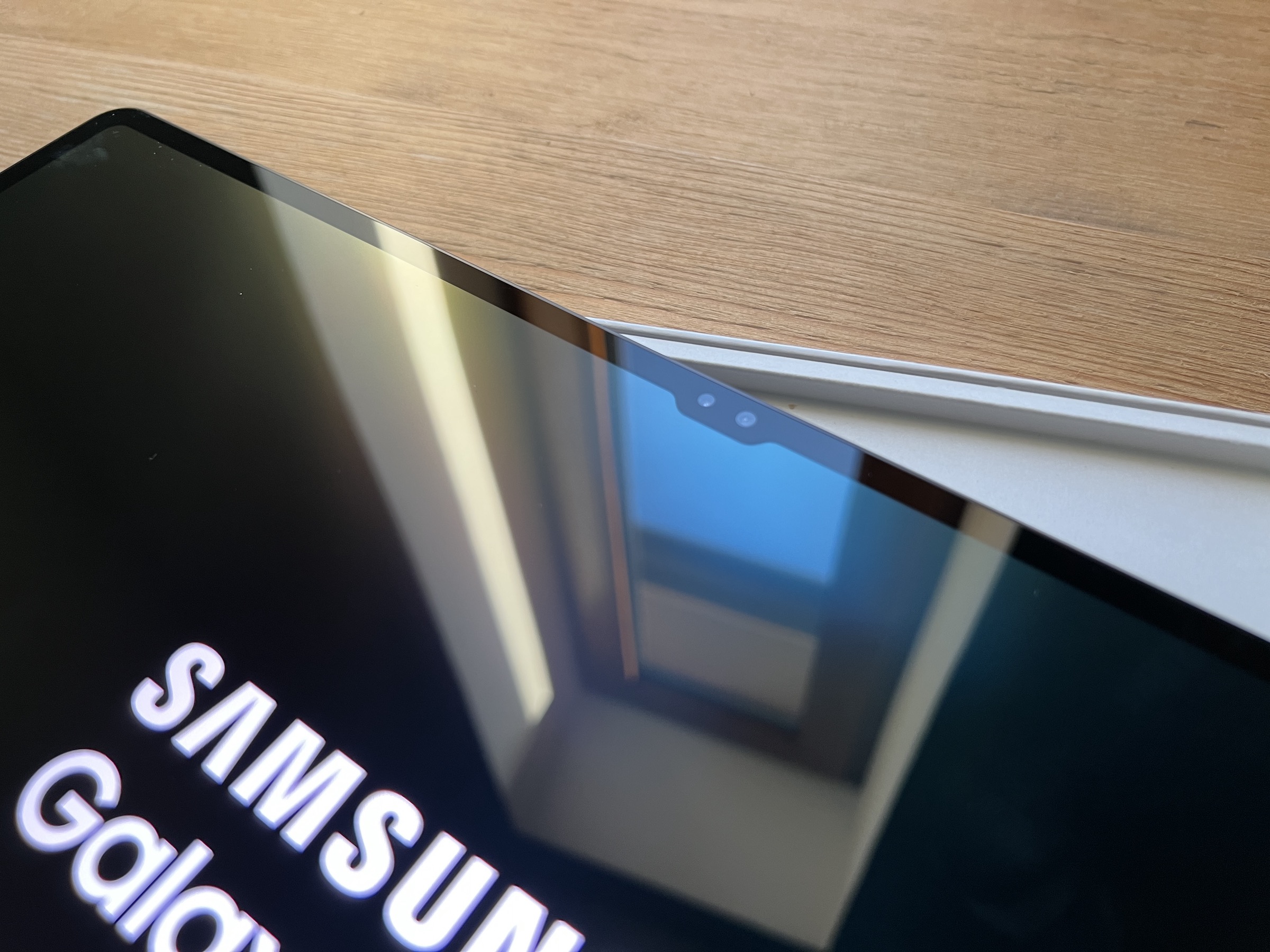
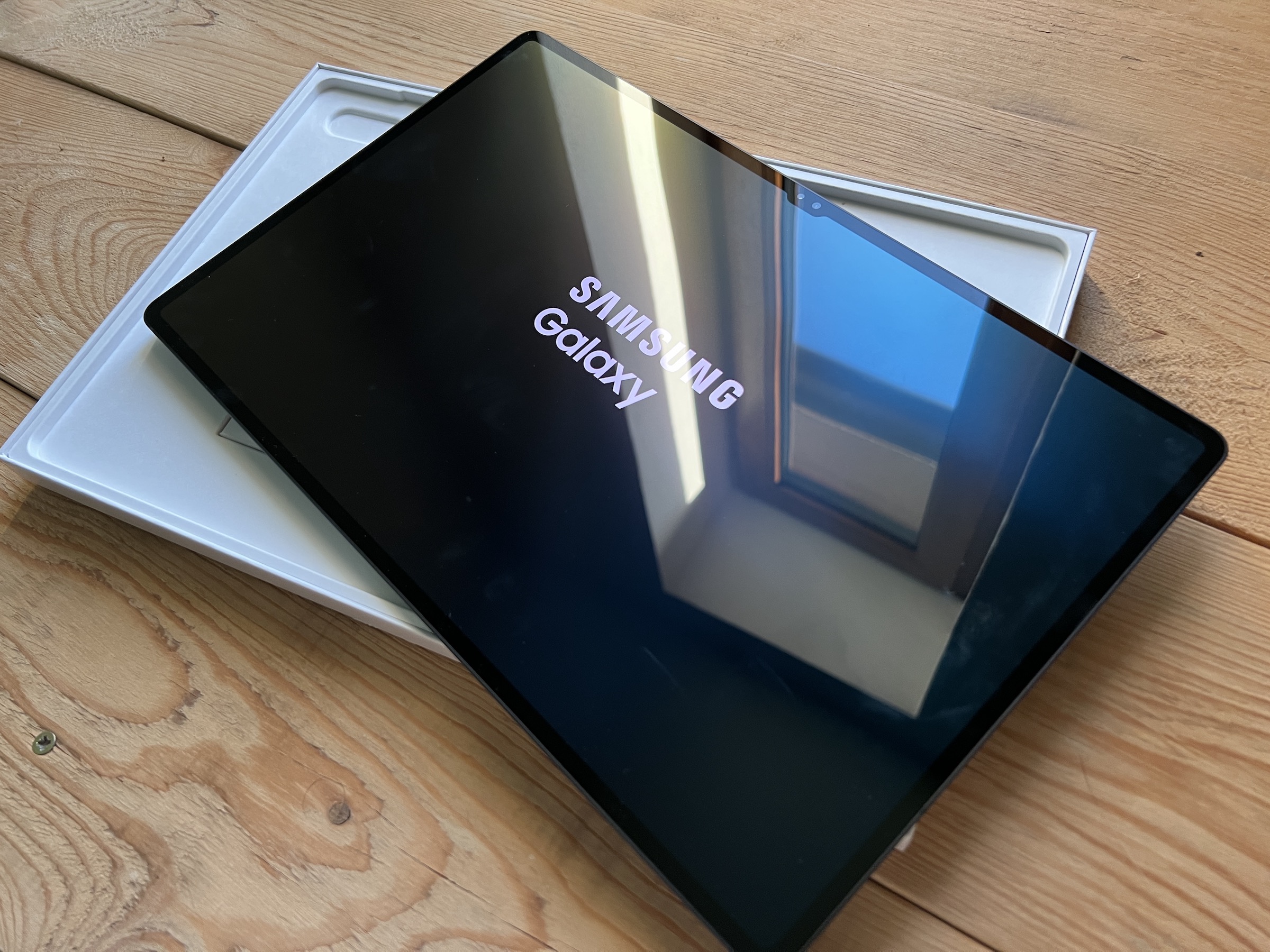
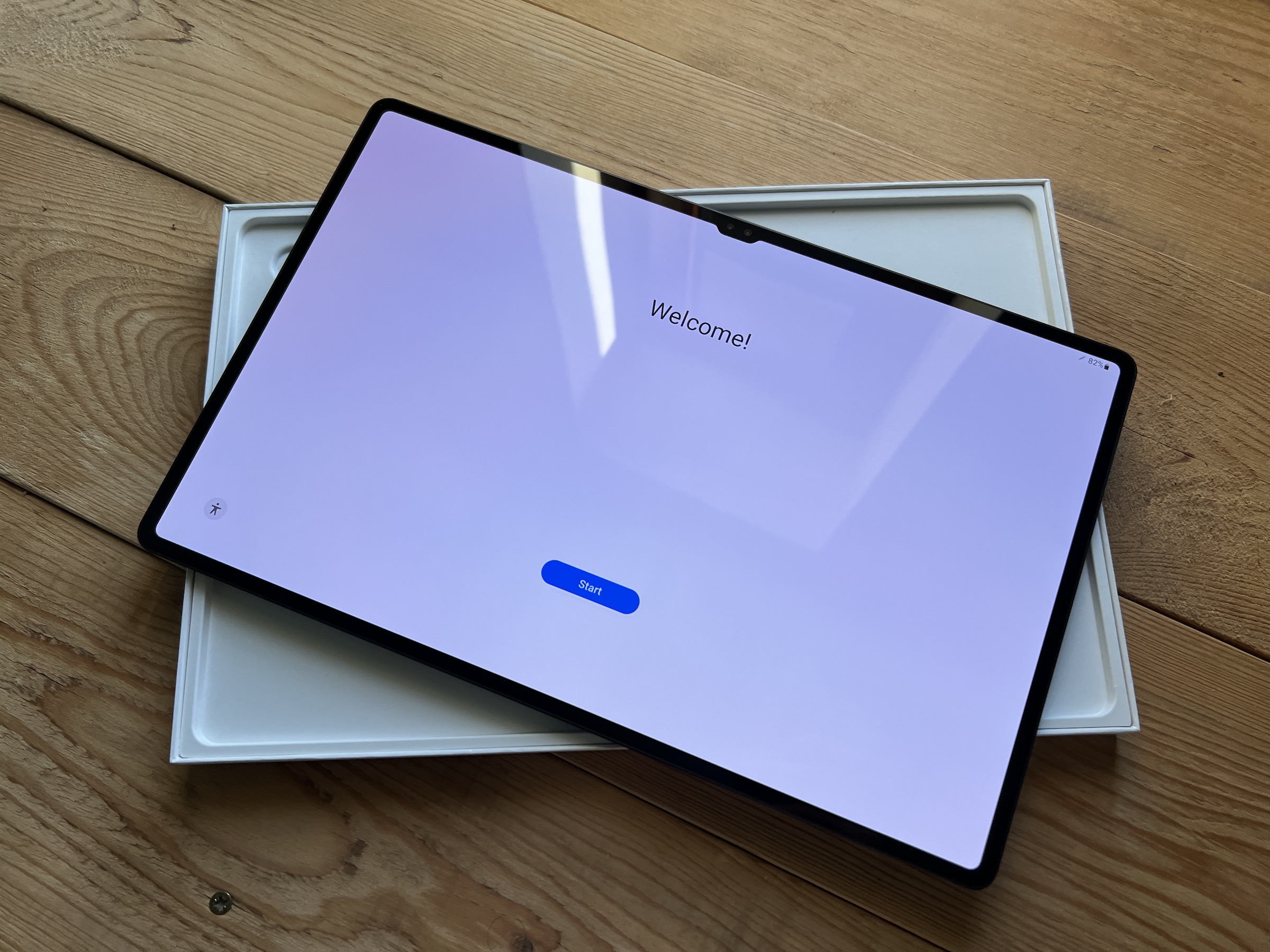
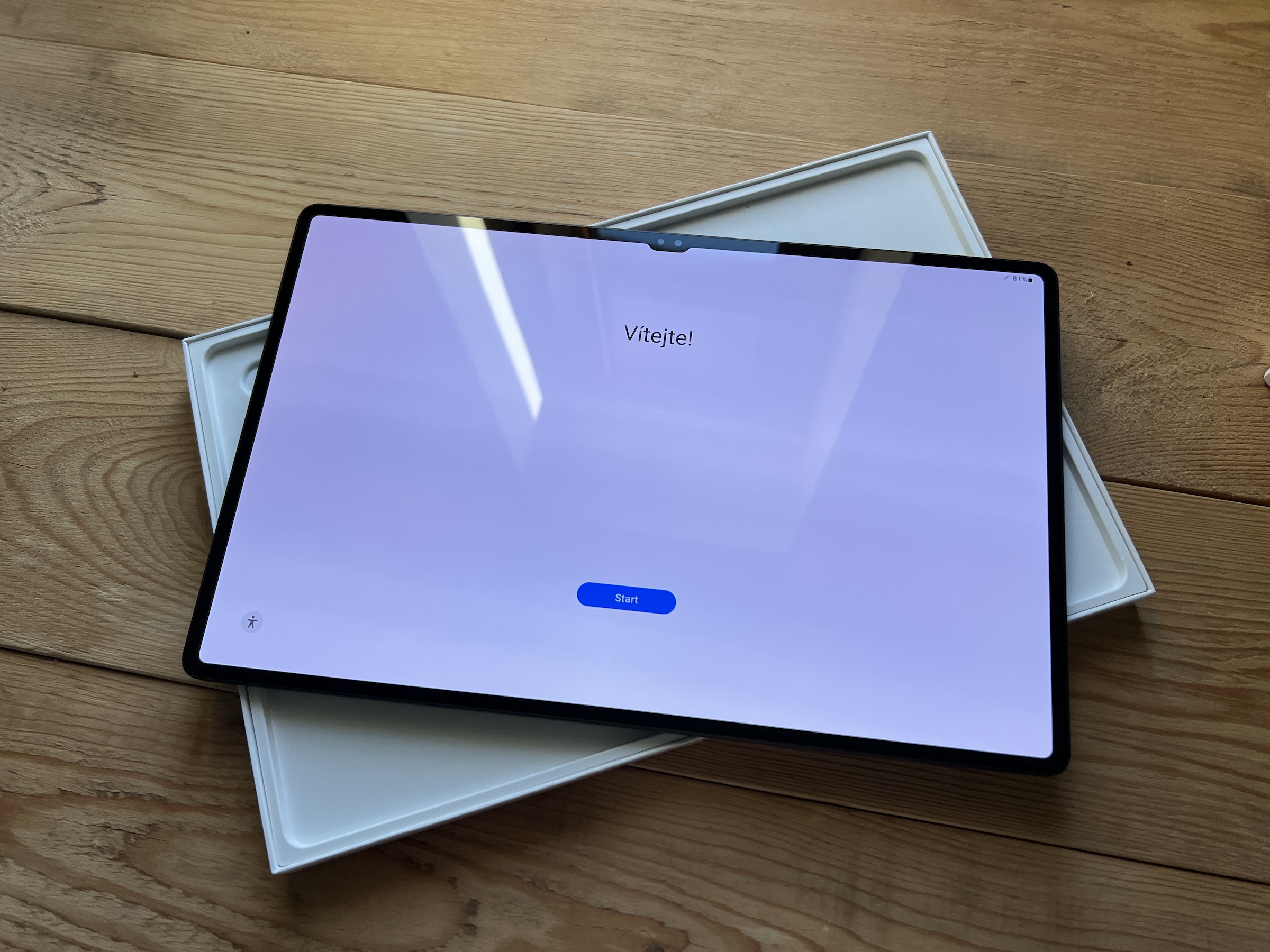
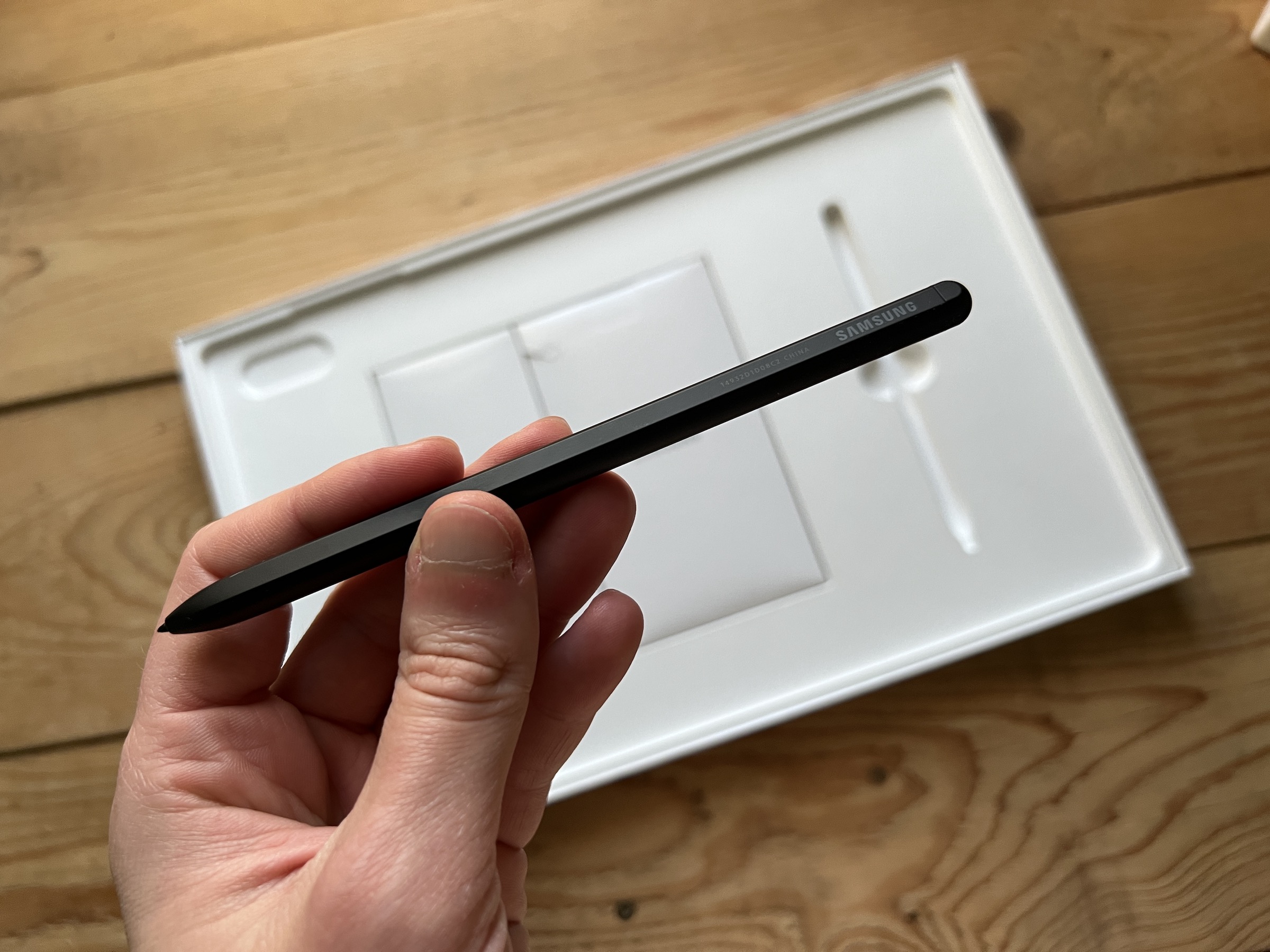


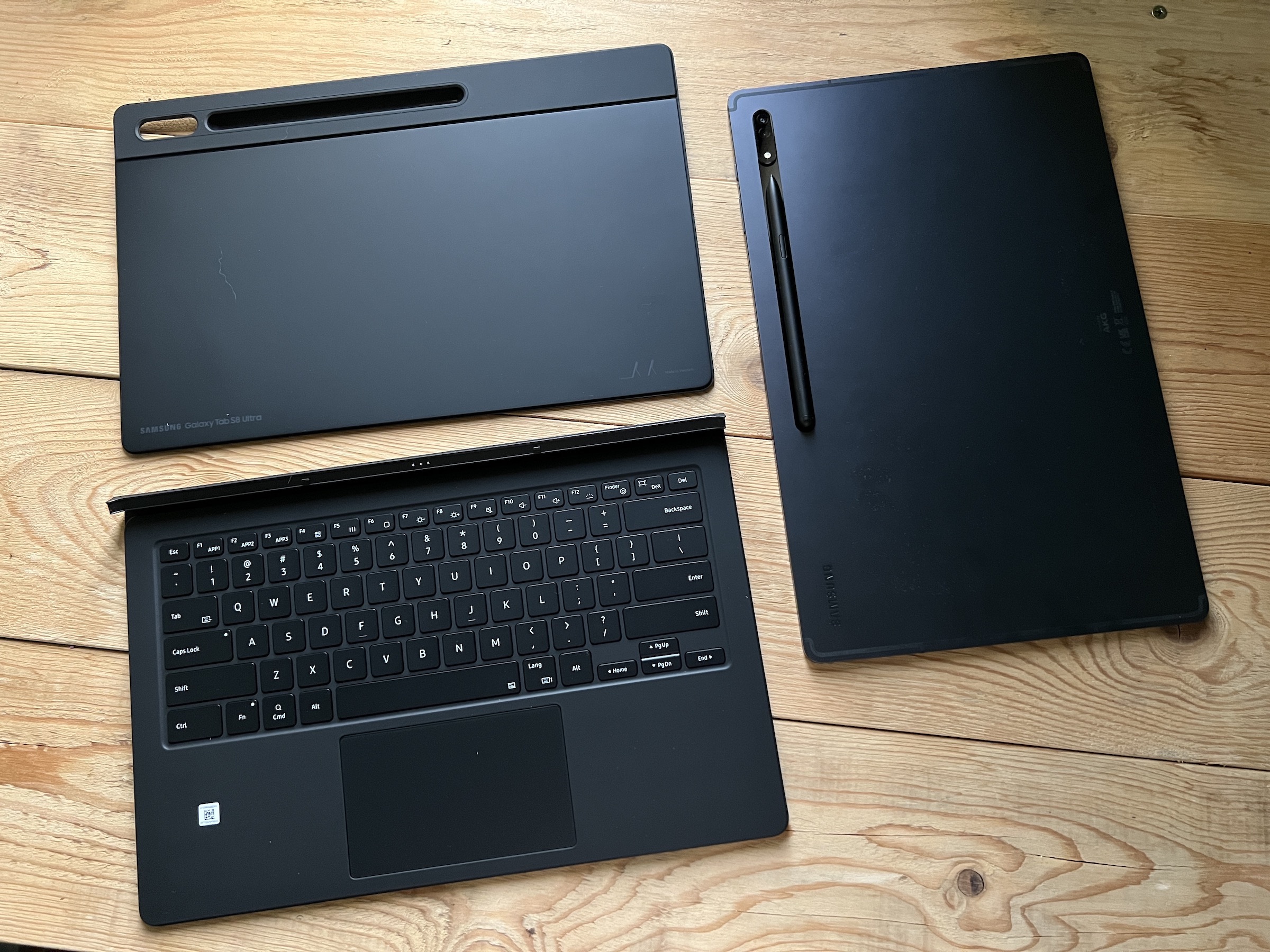
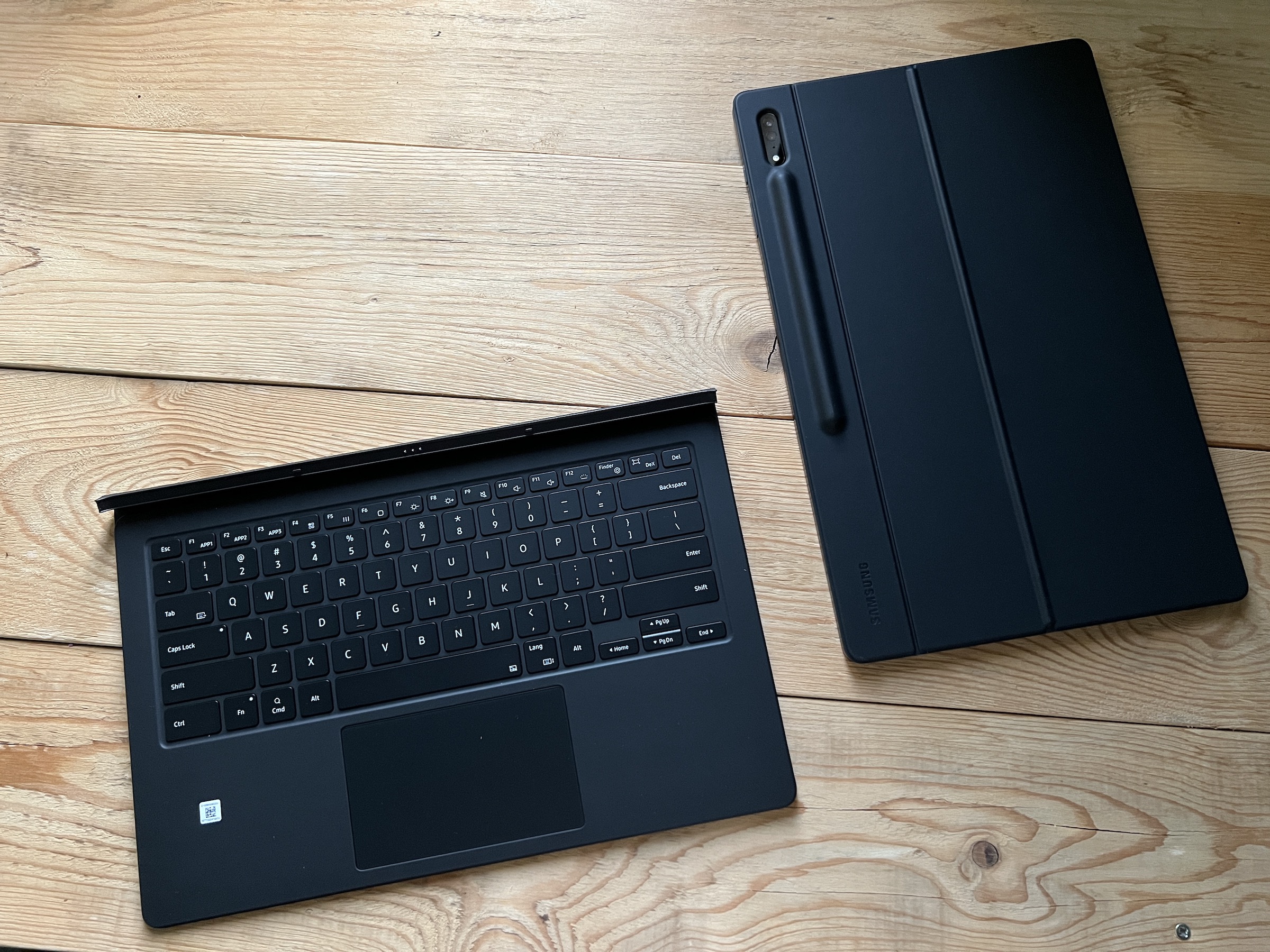
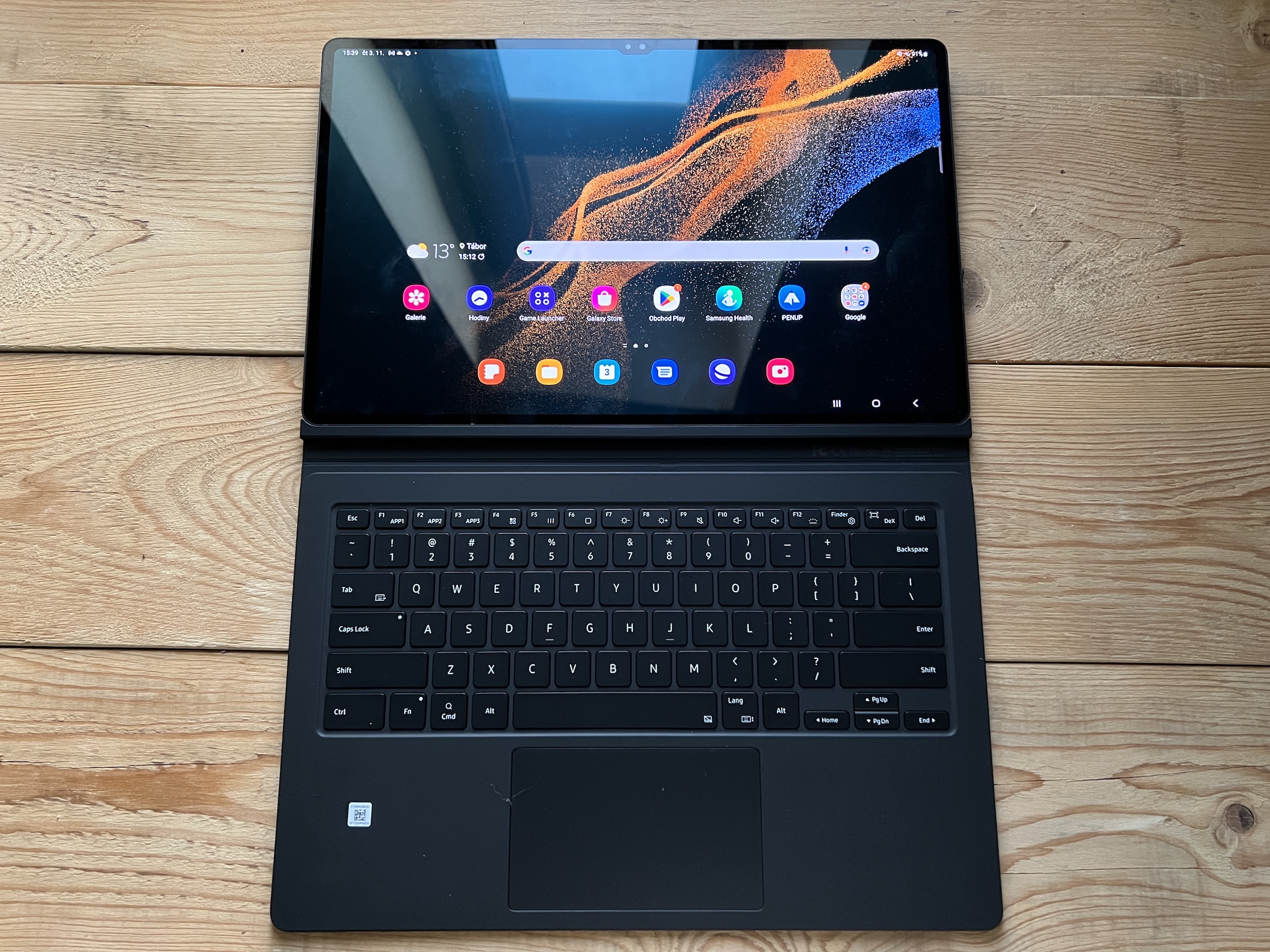
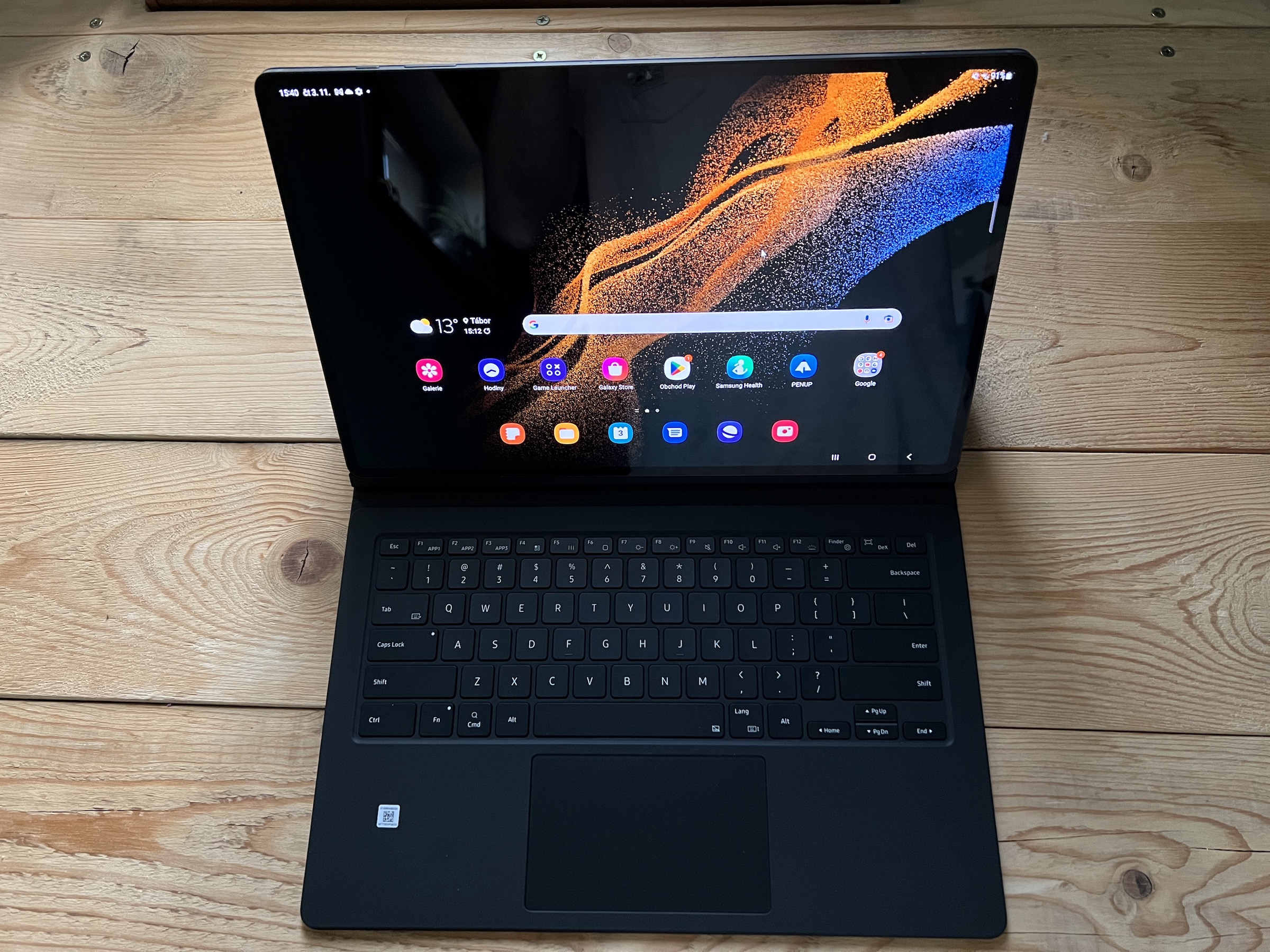
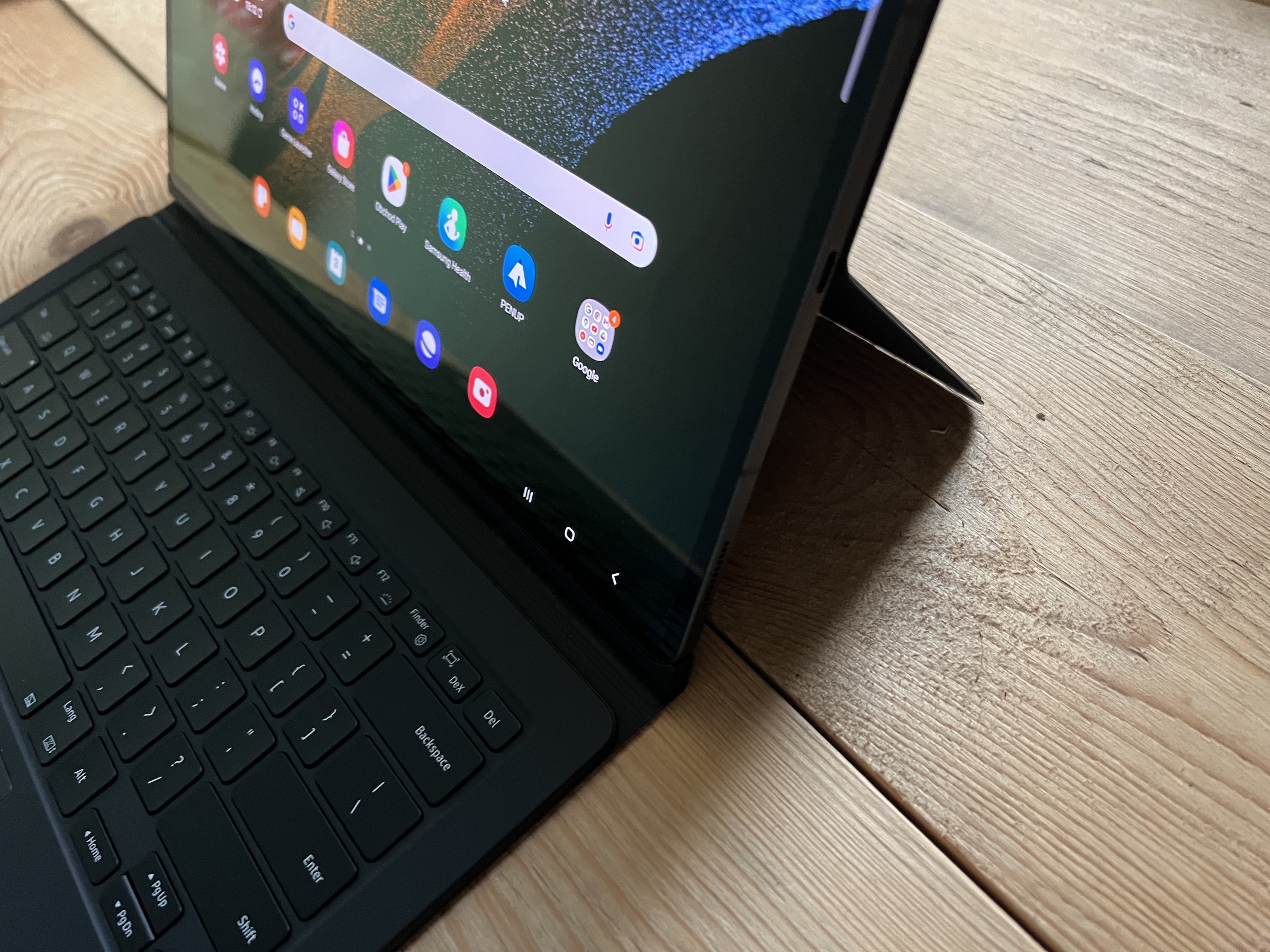
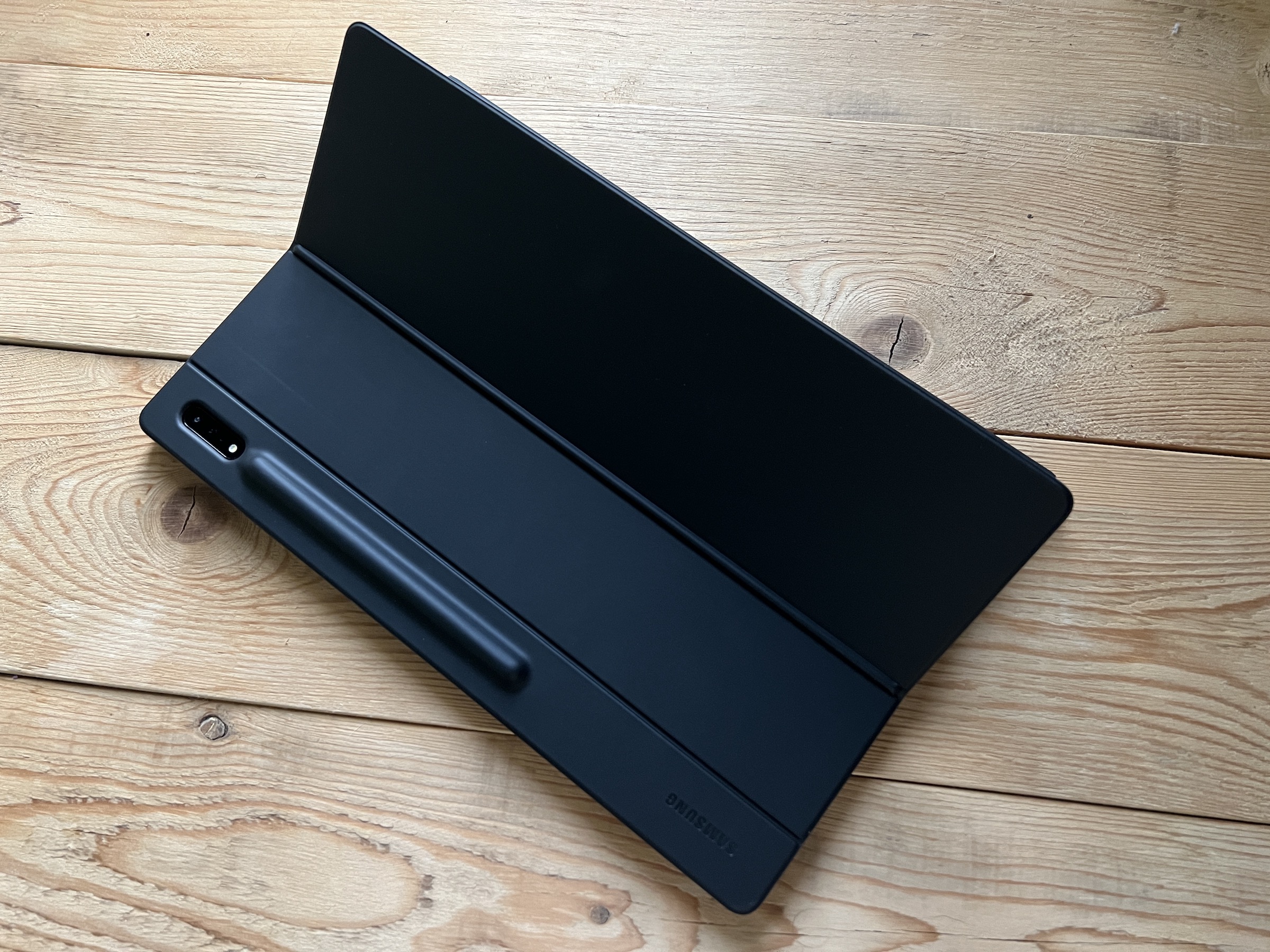

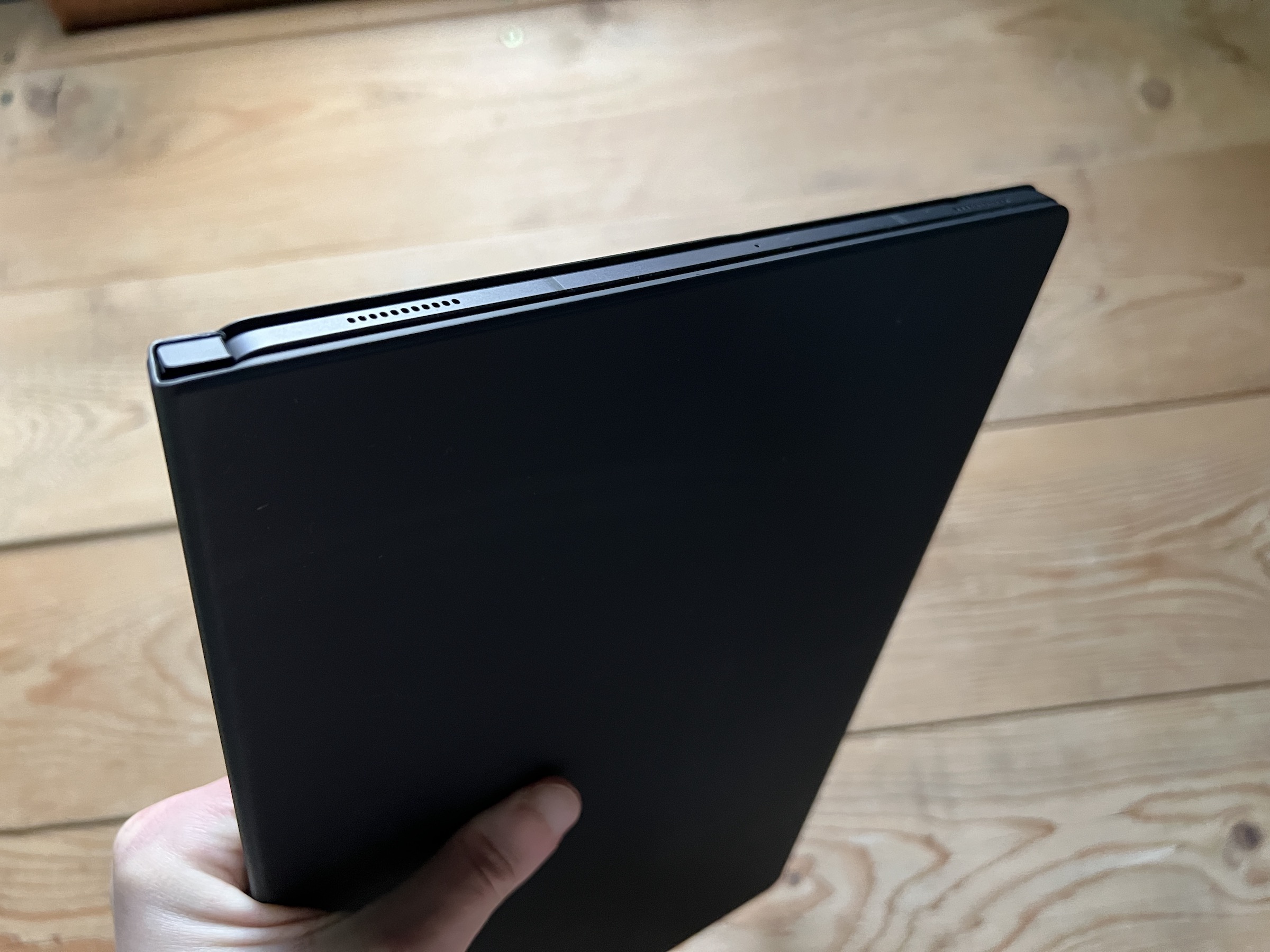
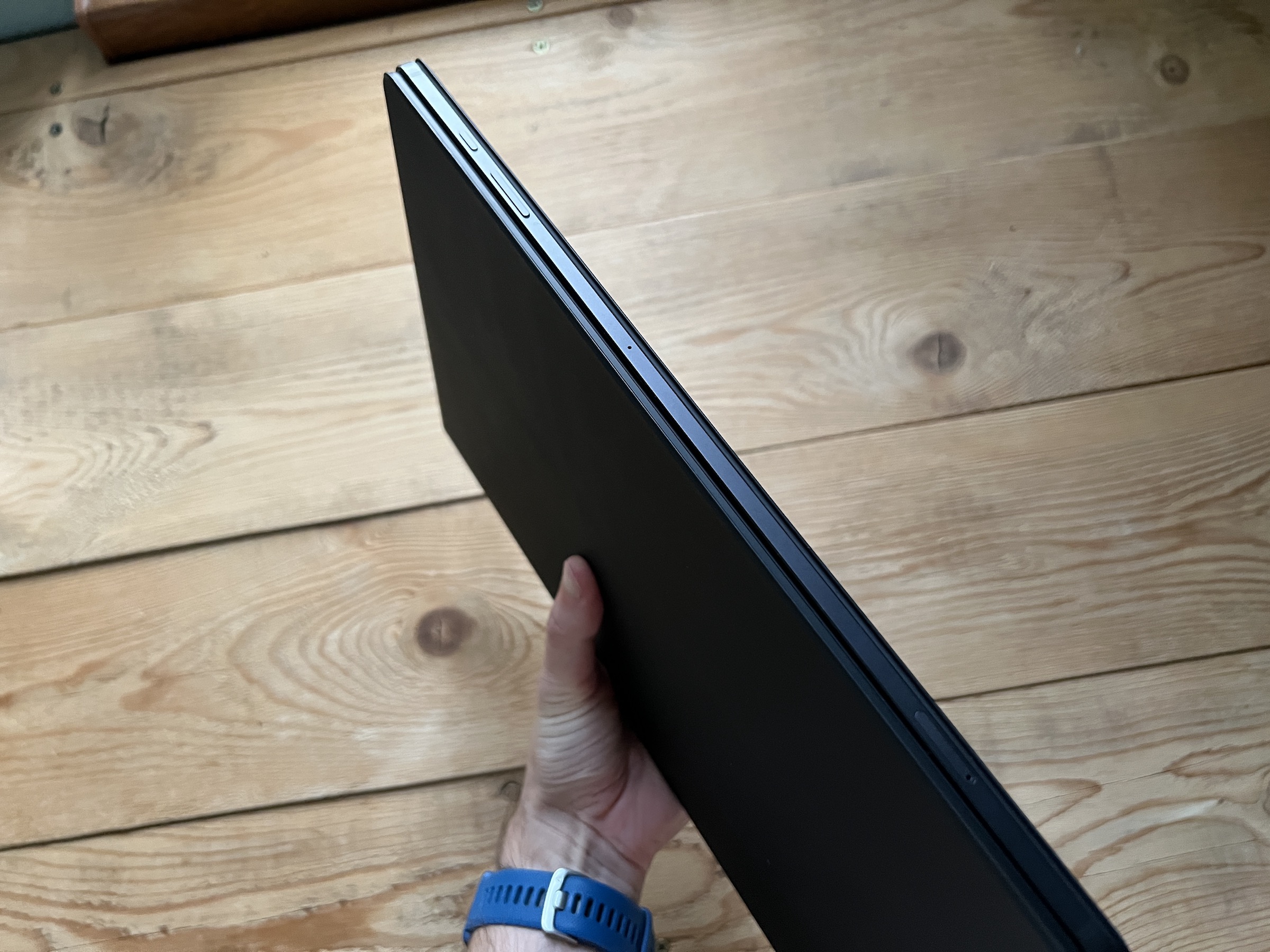
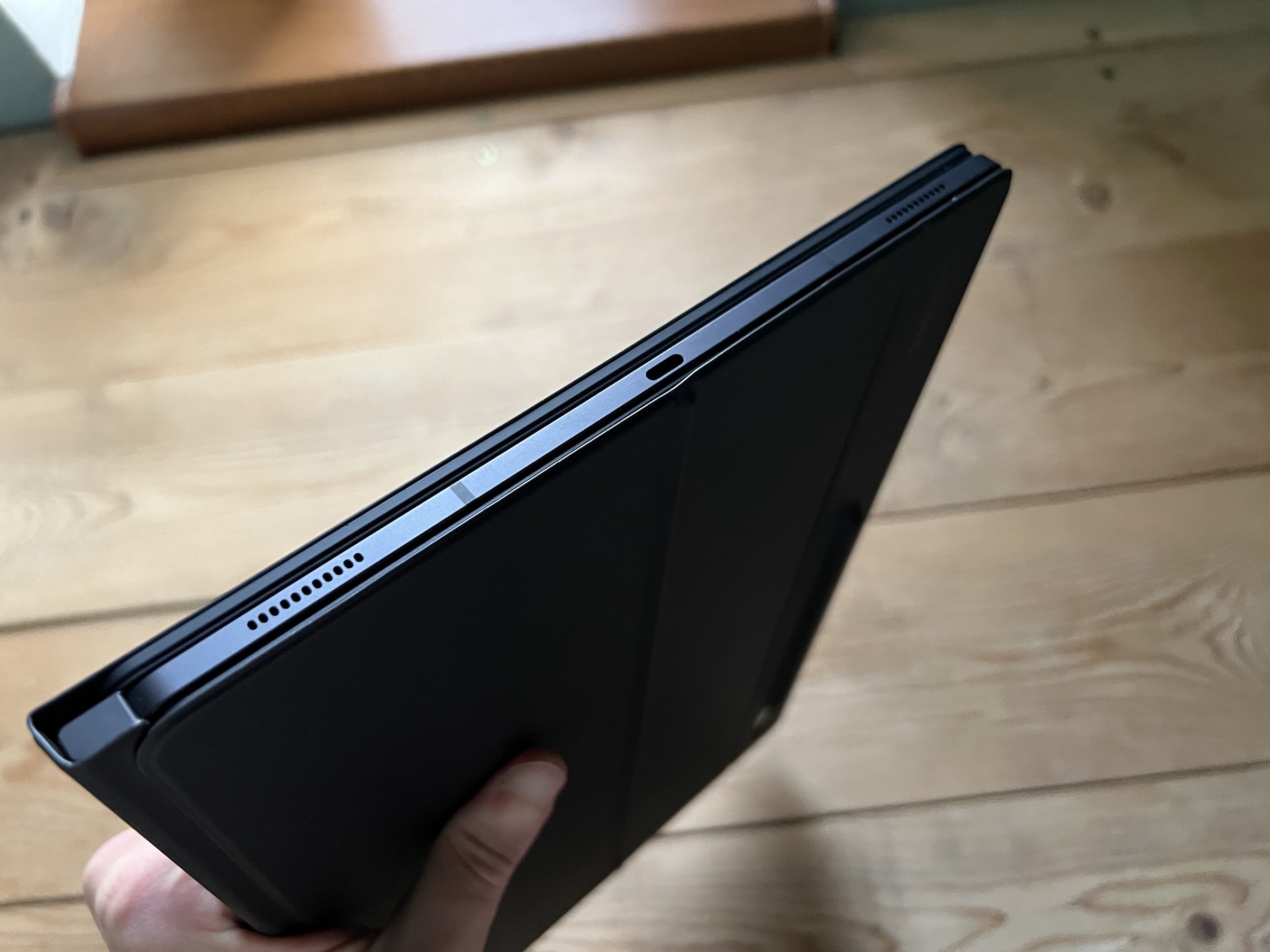
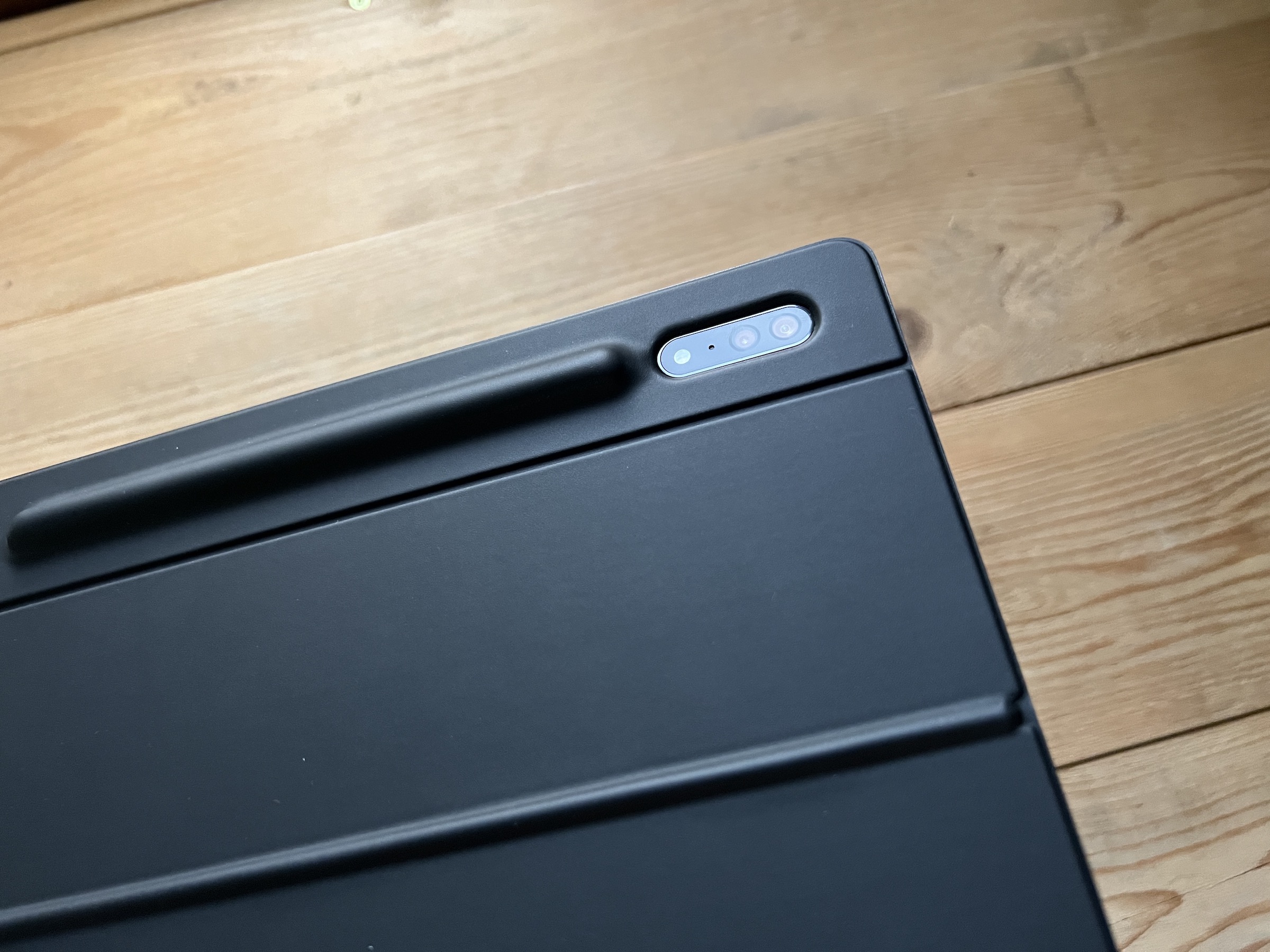
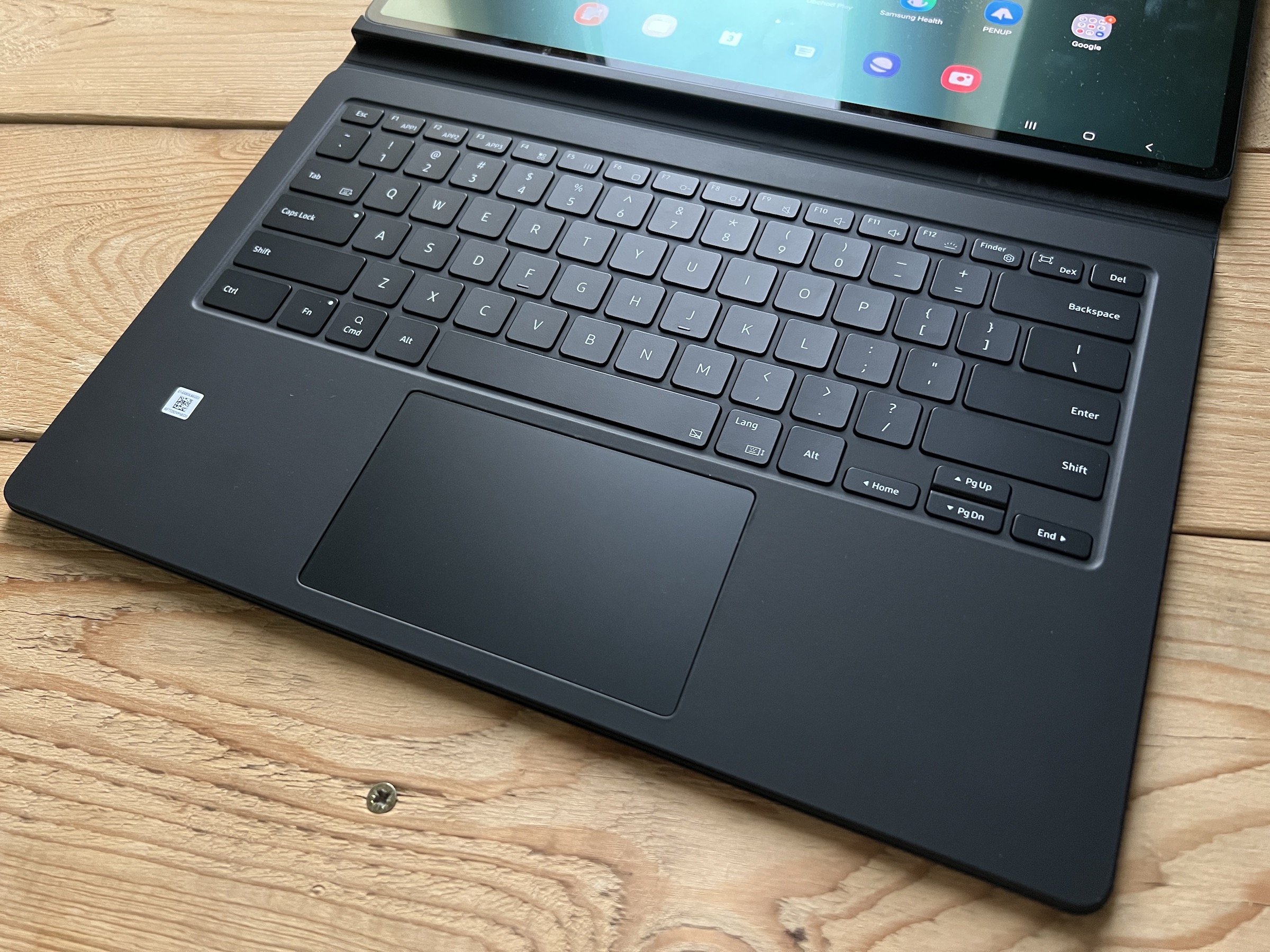
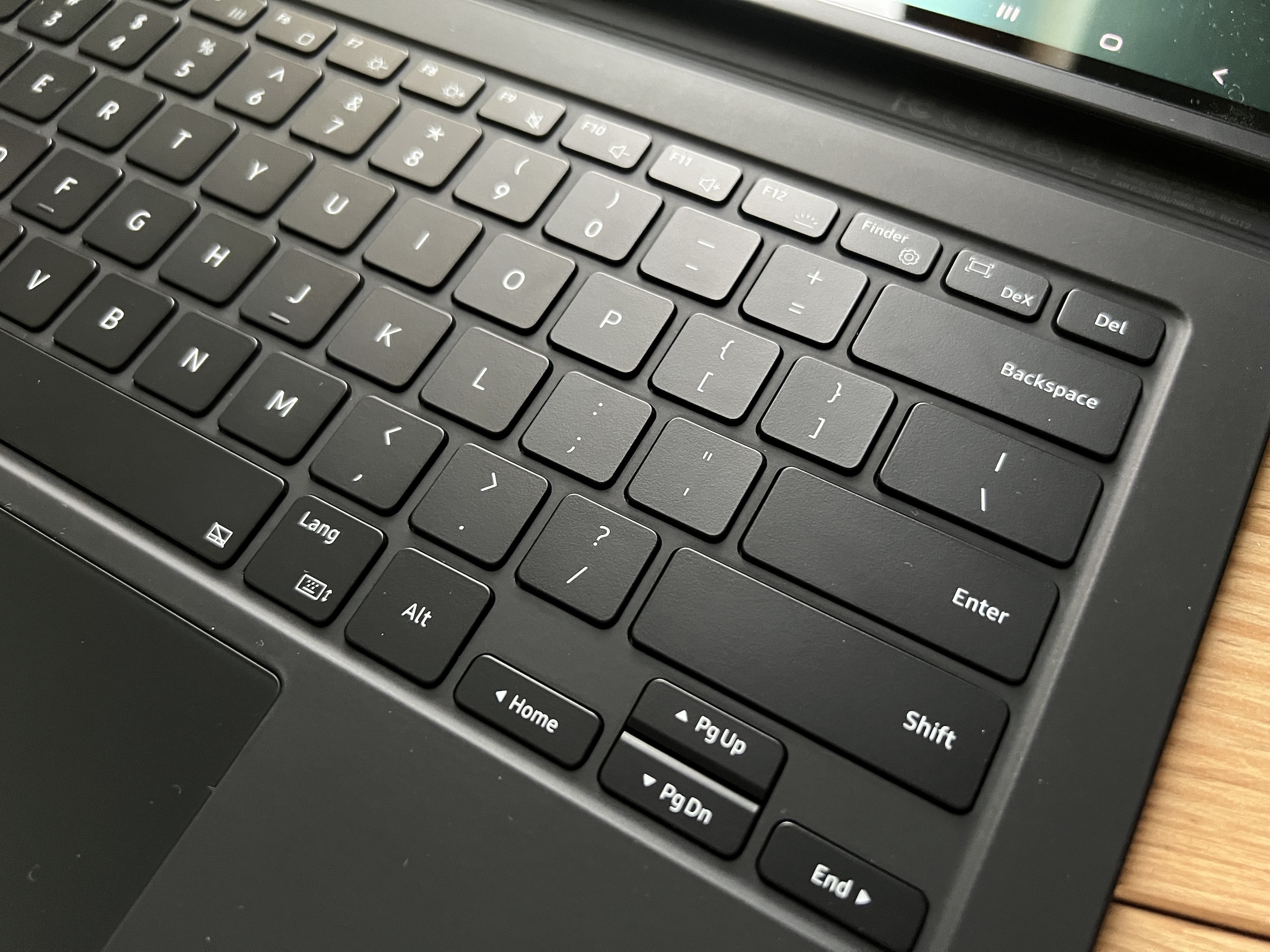

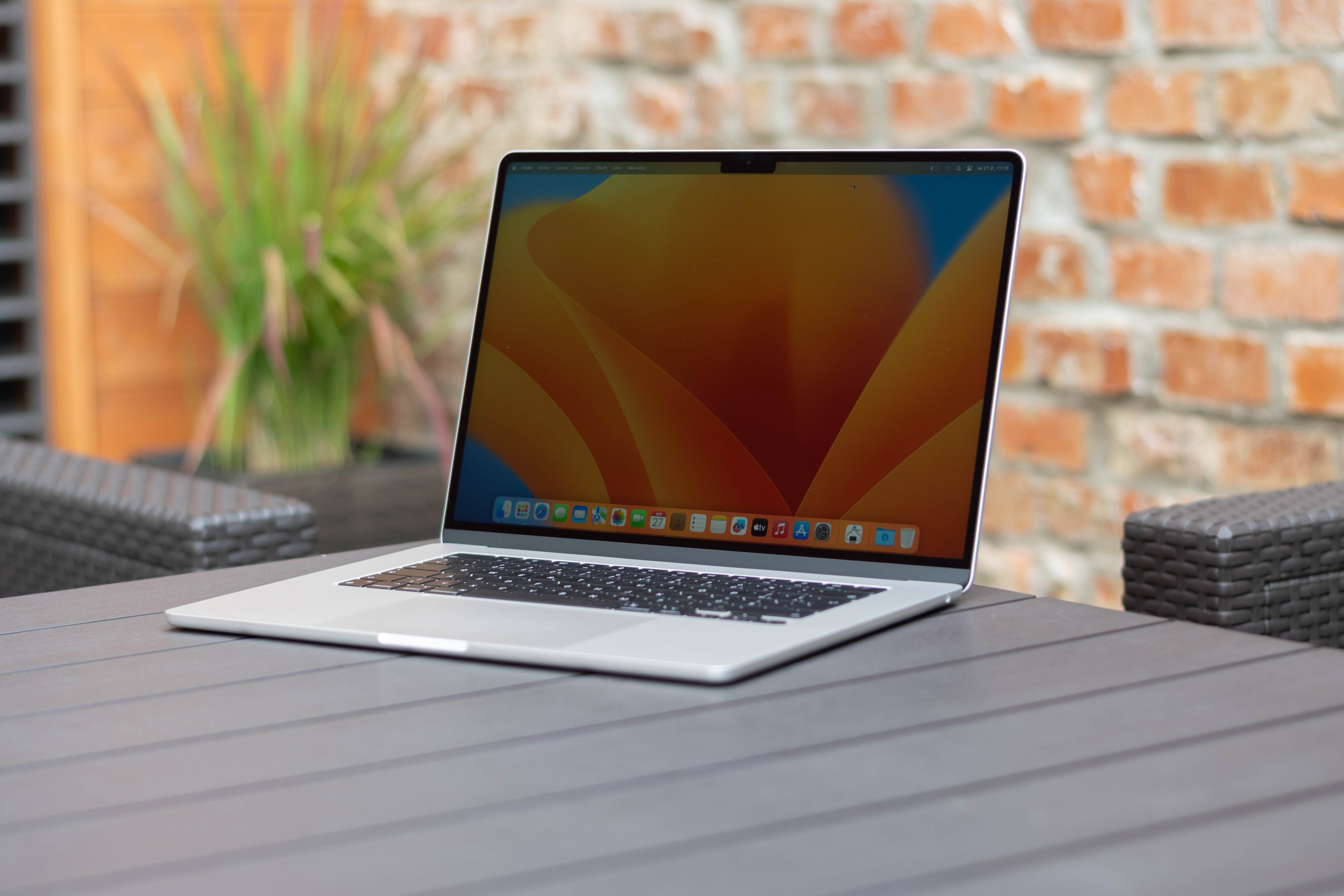
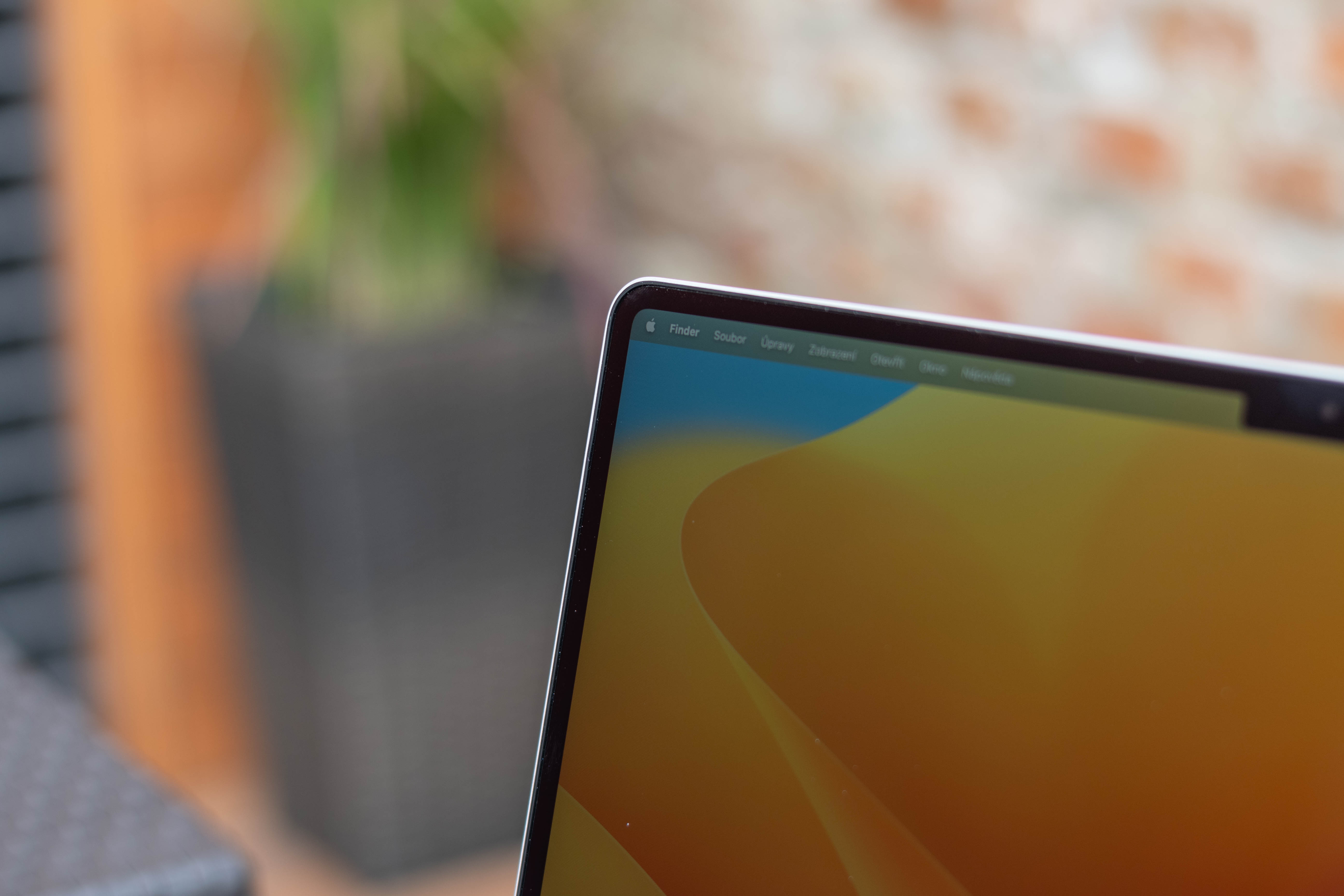







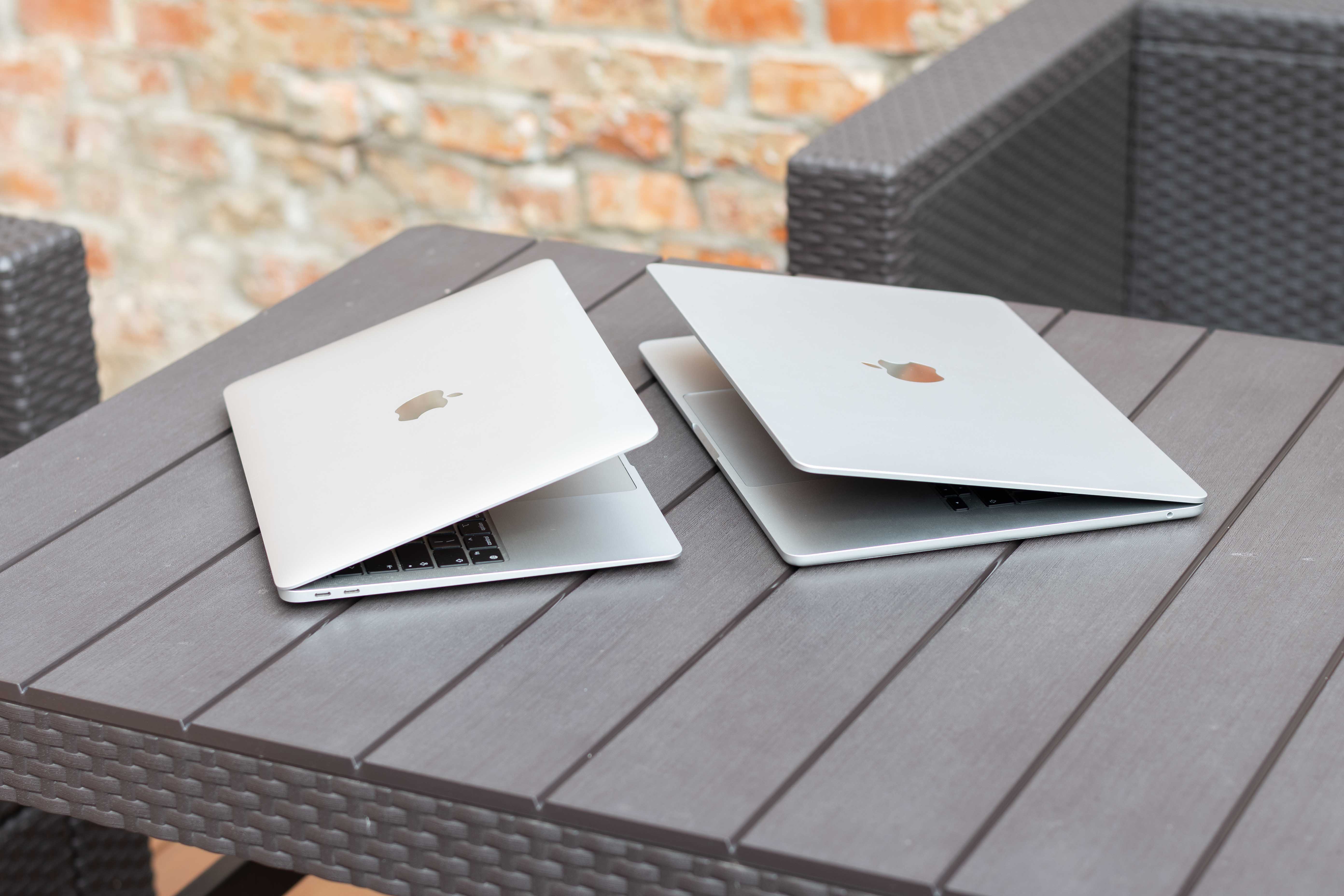
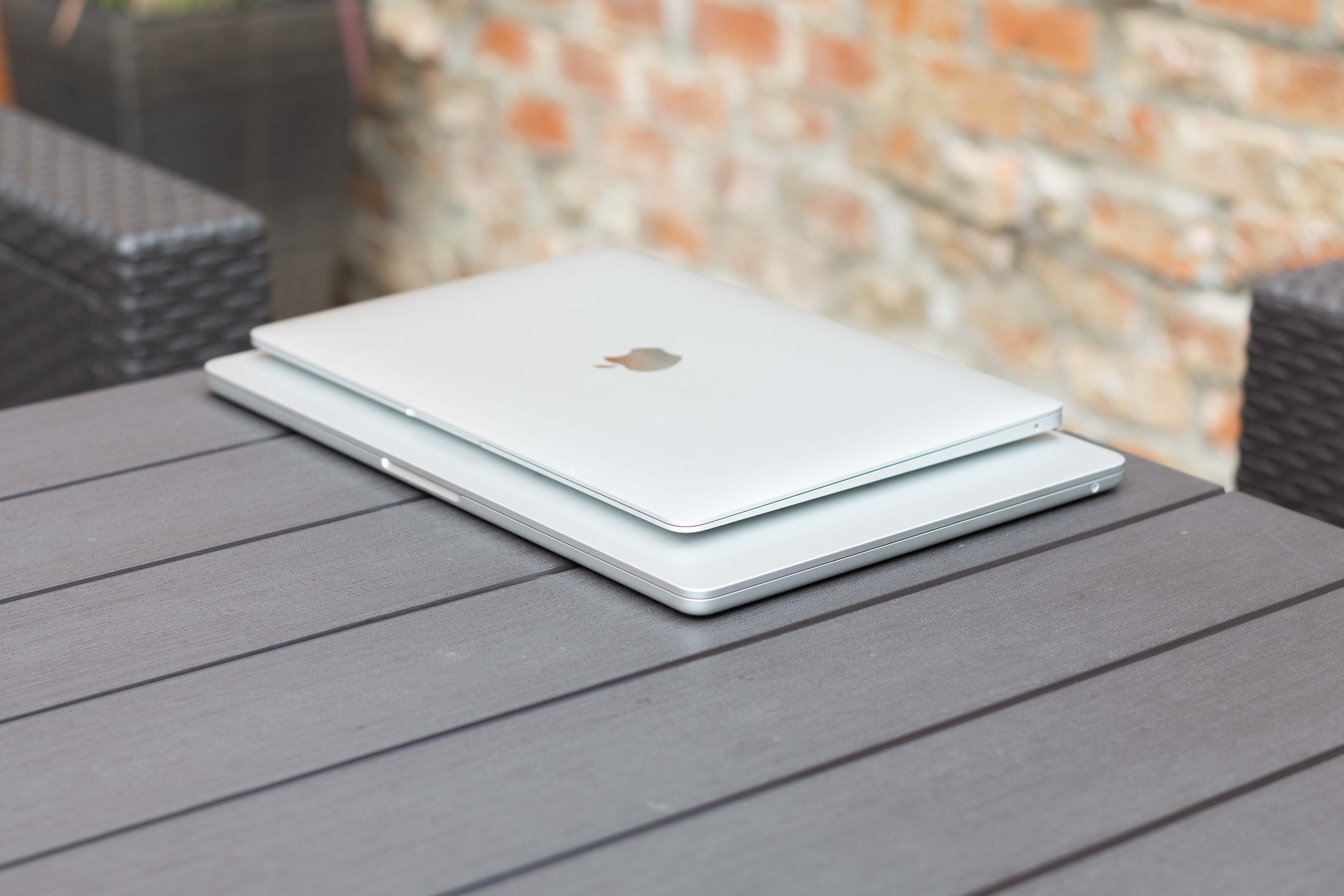
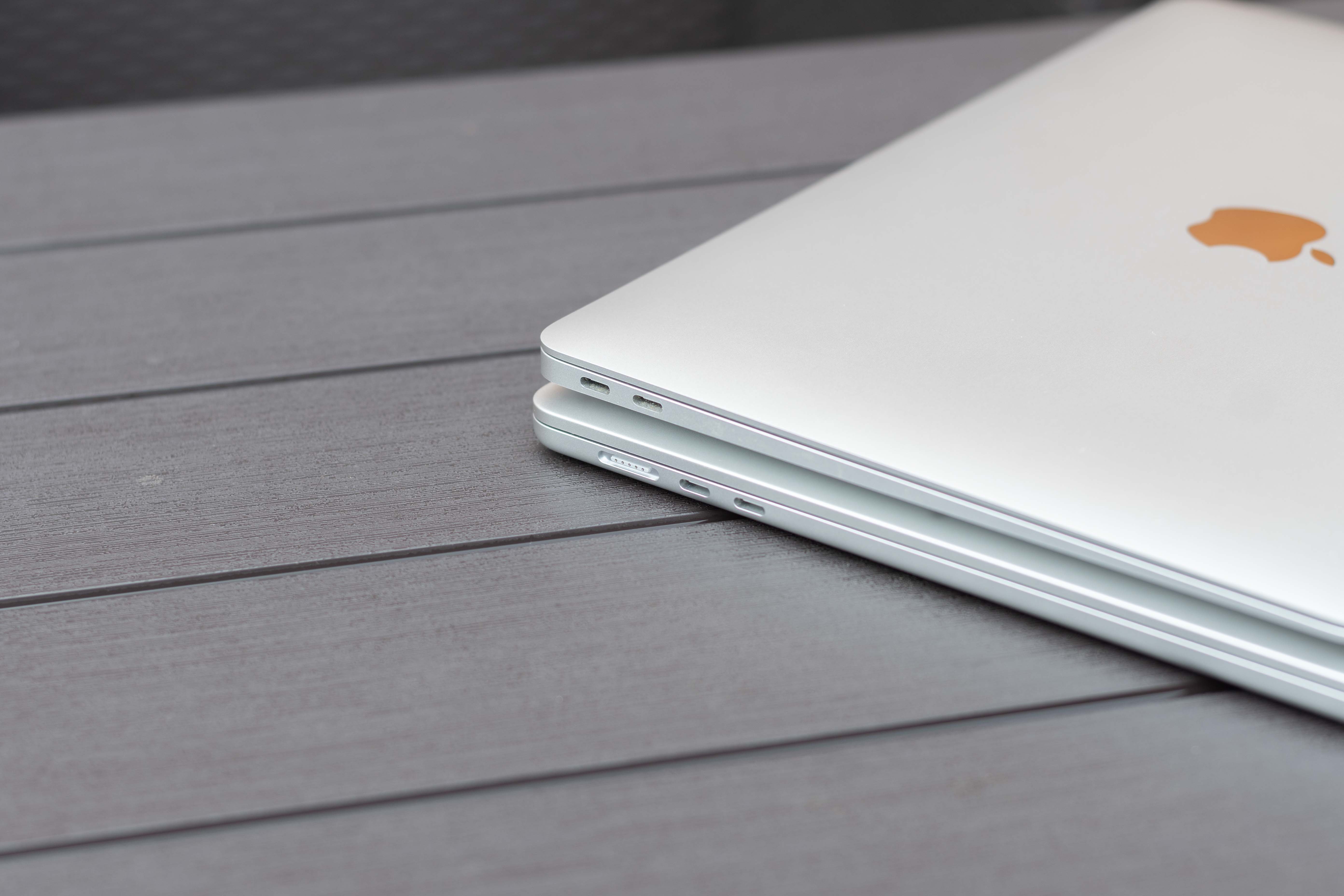

I could easily do without it. Just like on the iPhone.